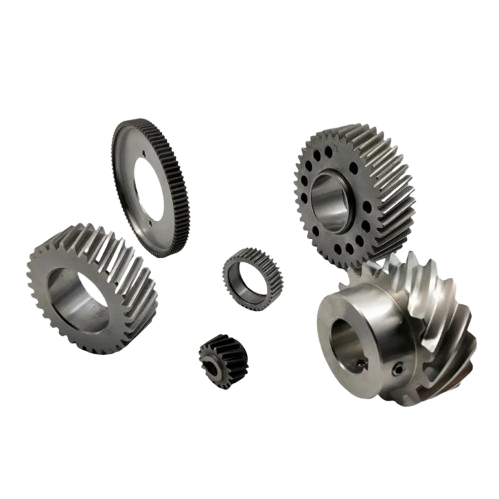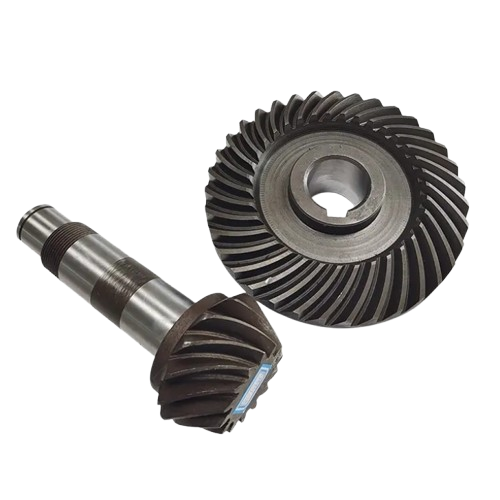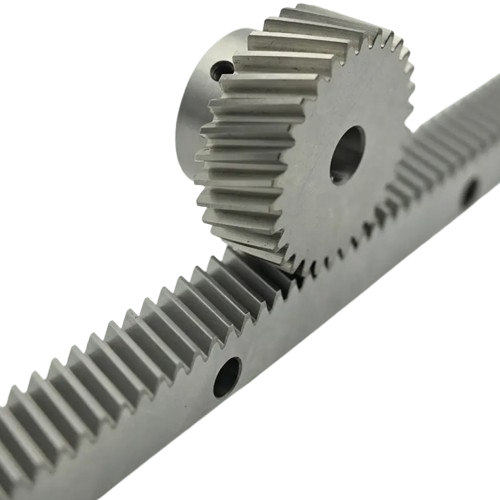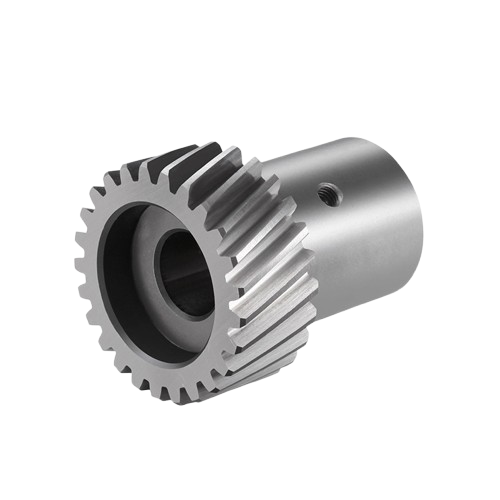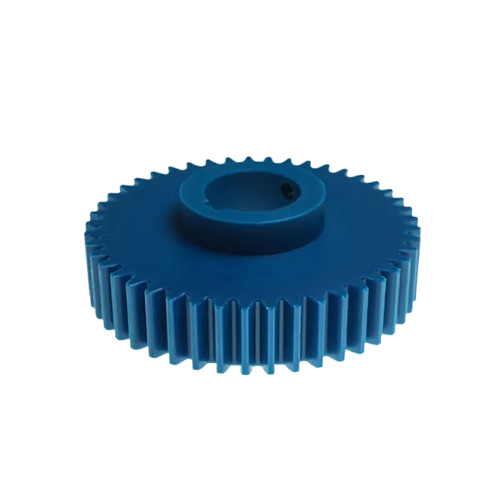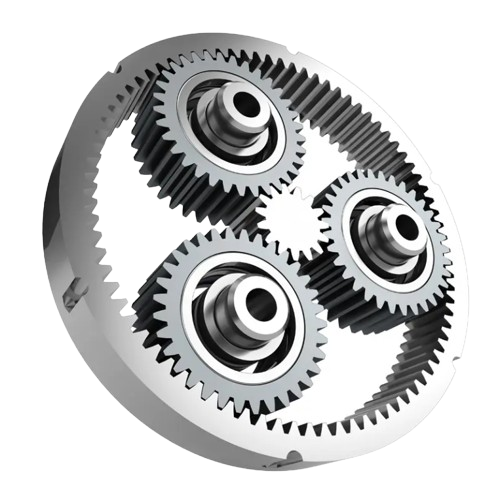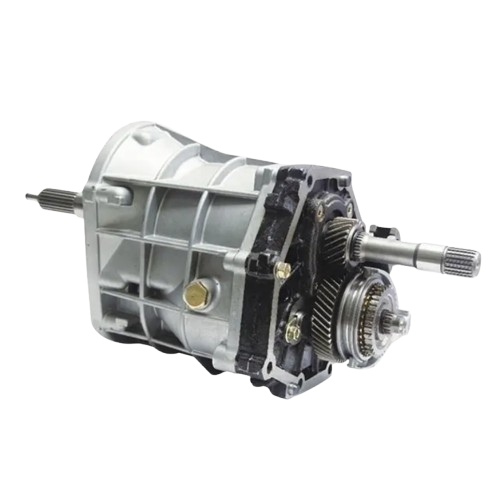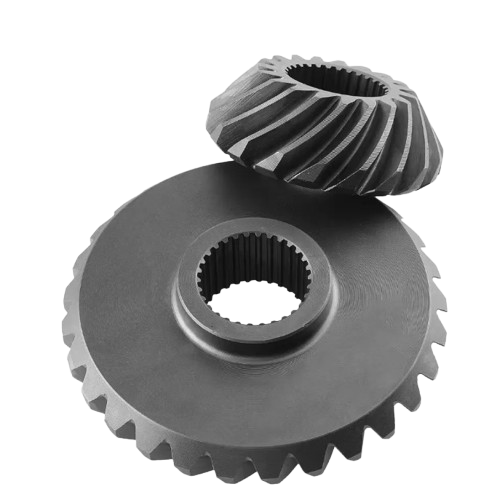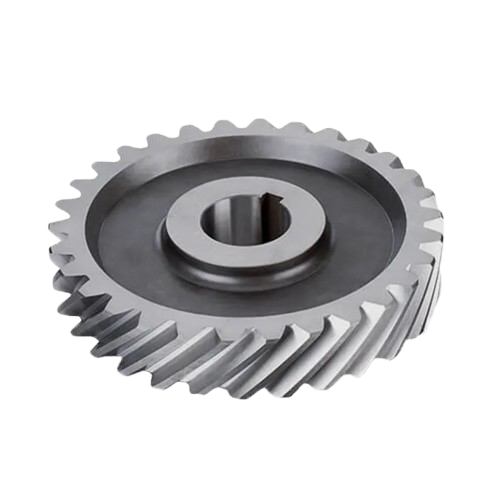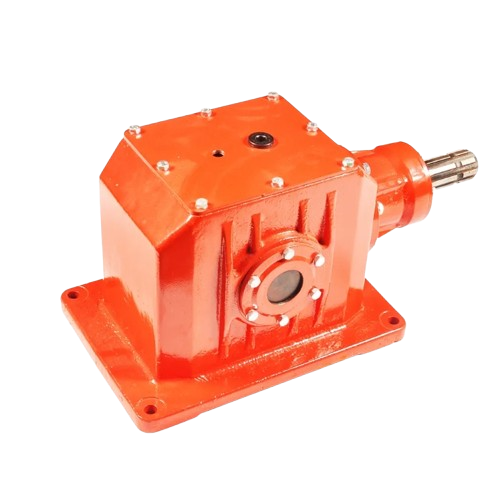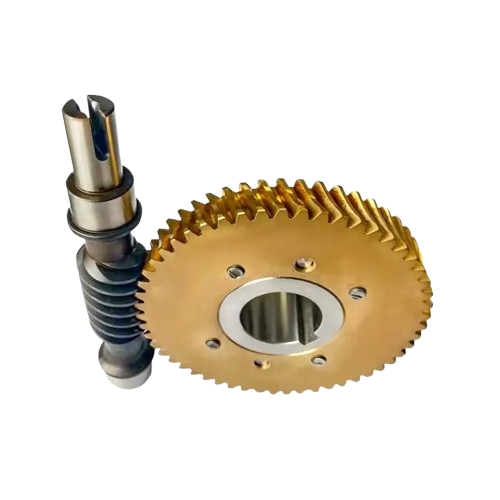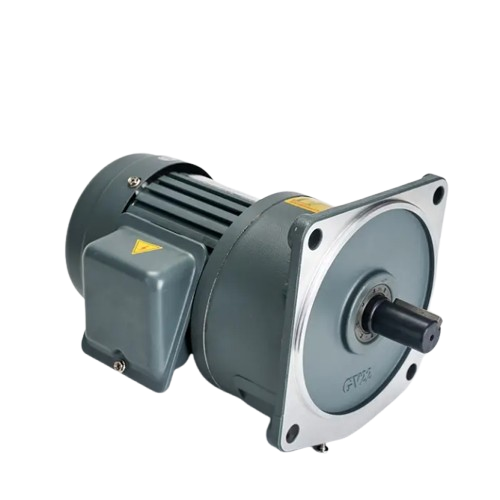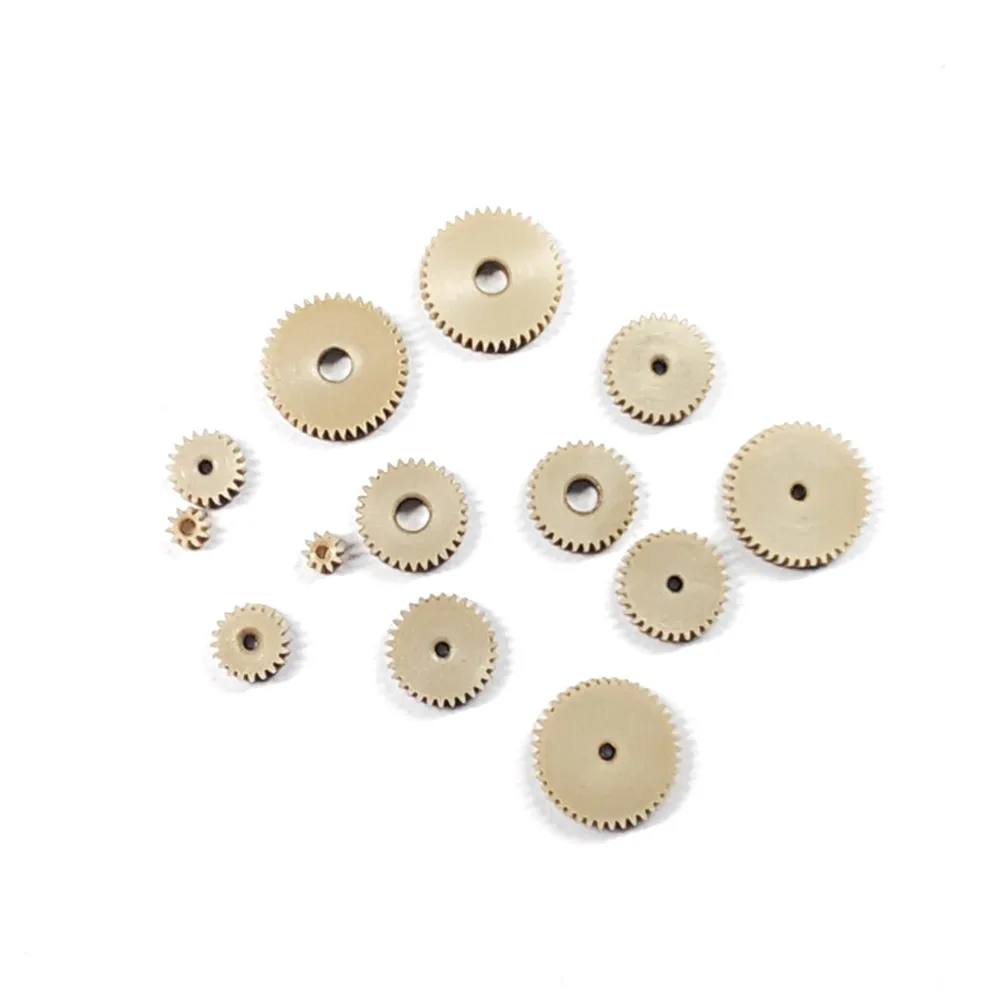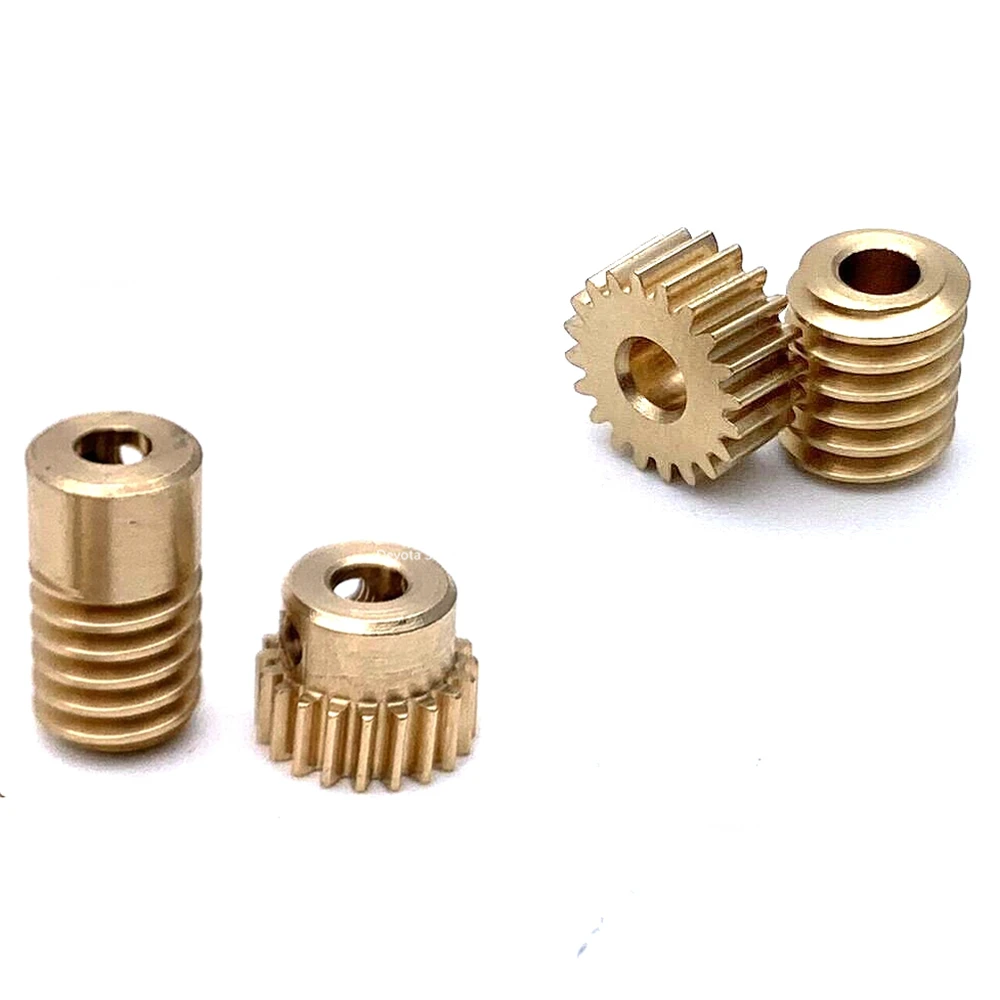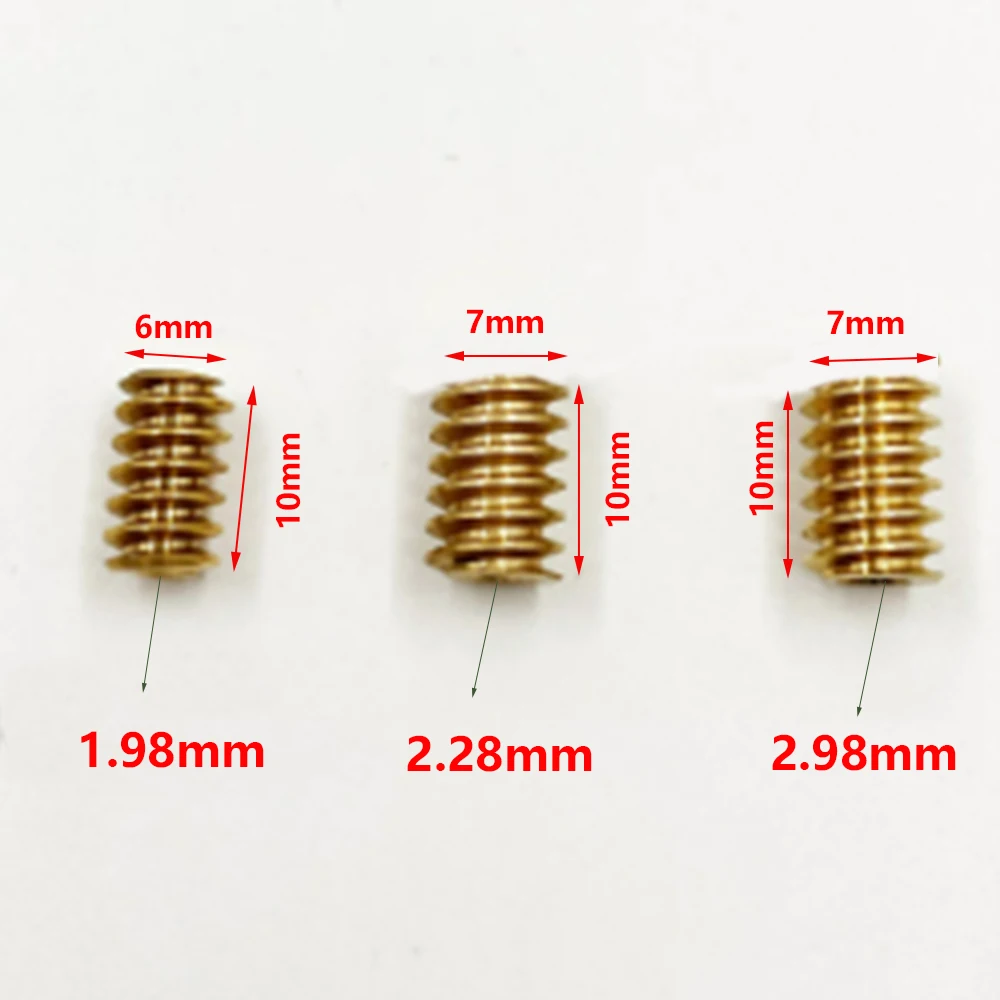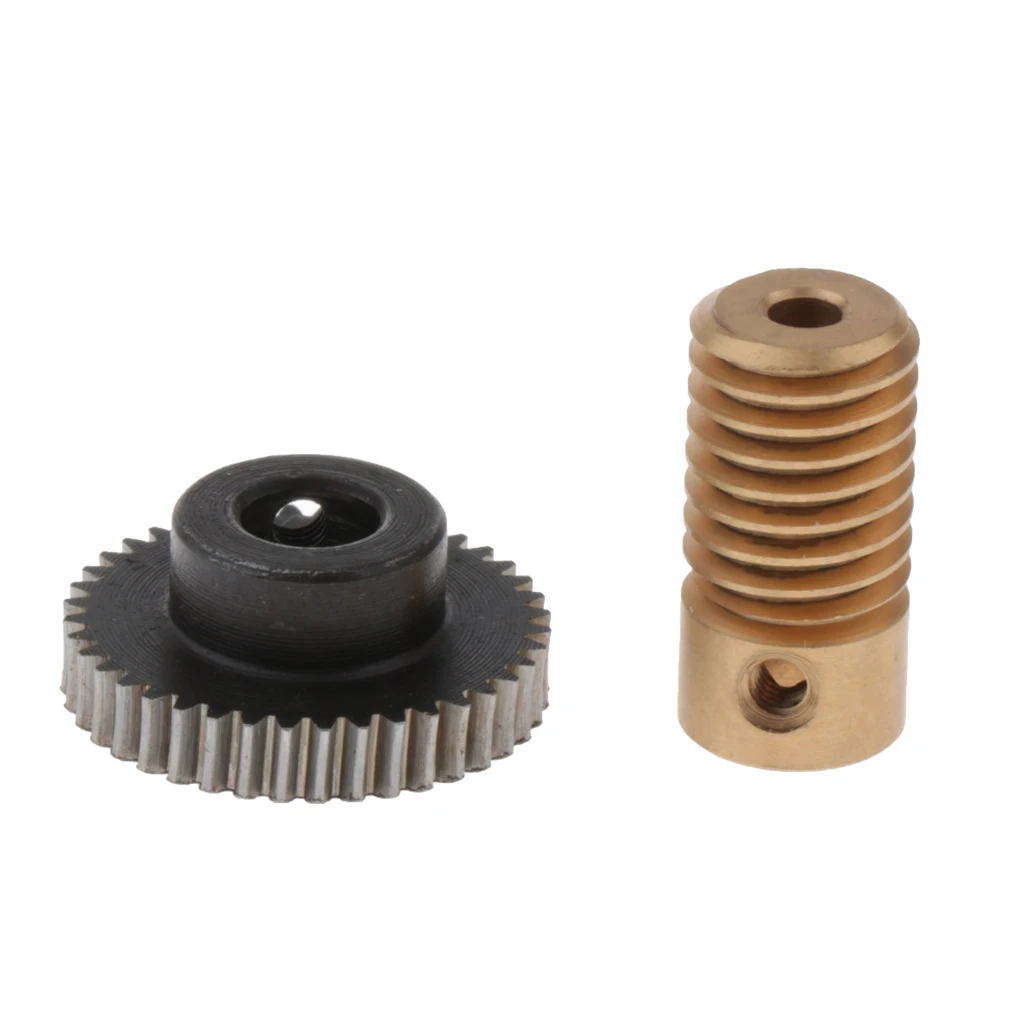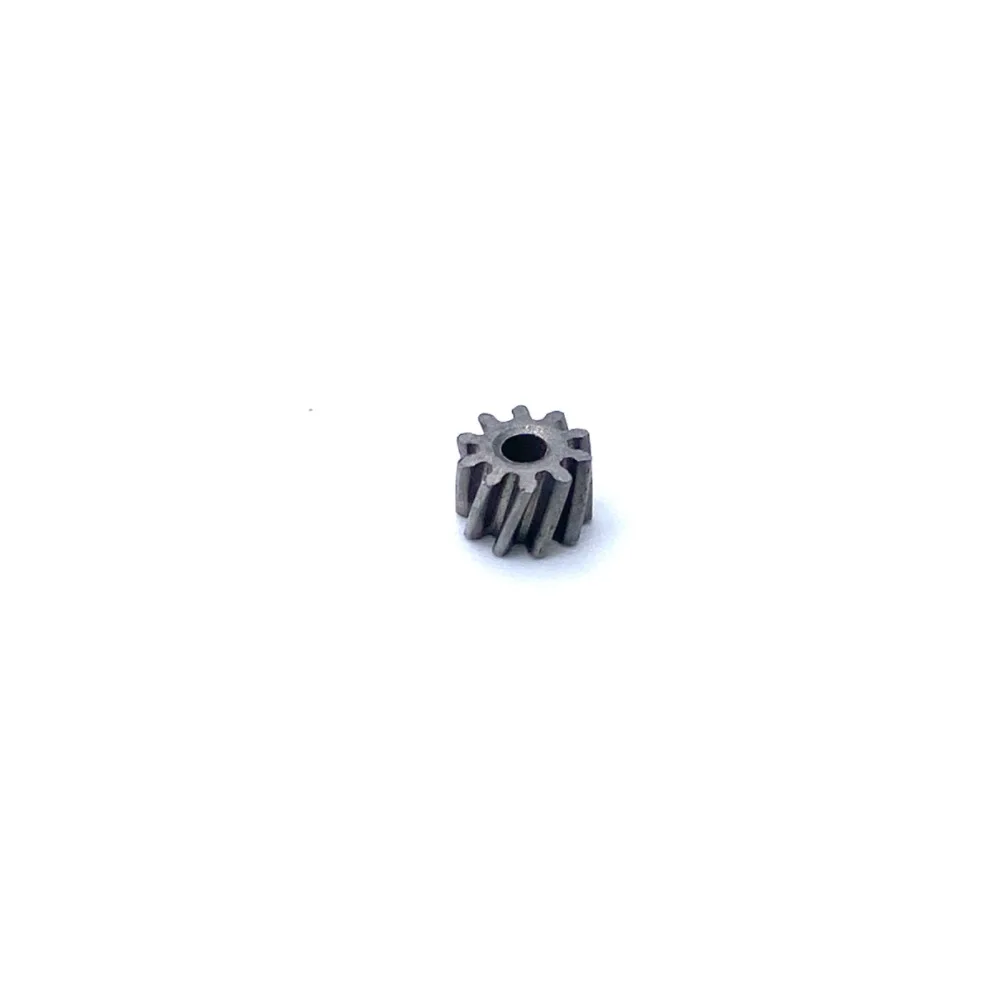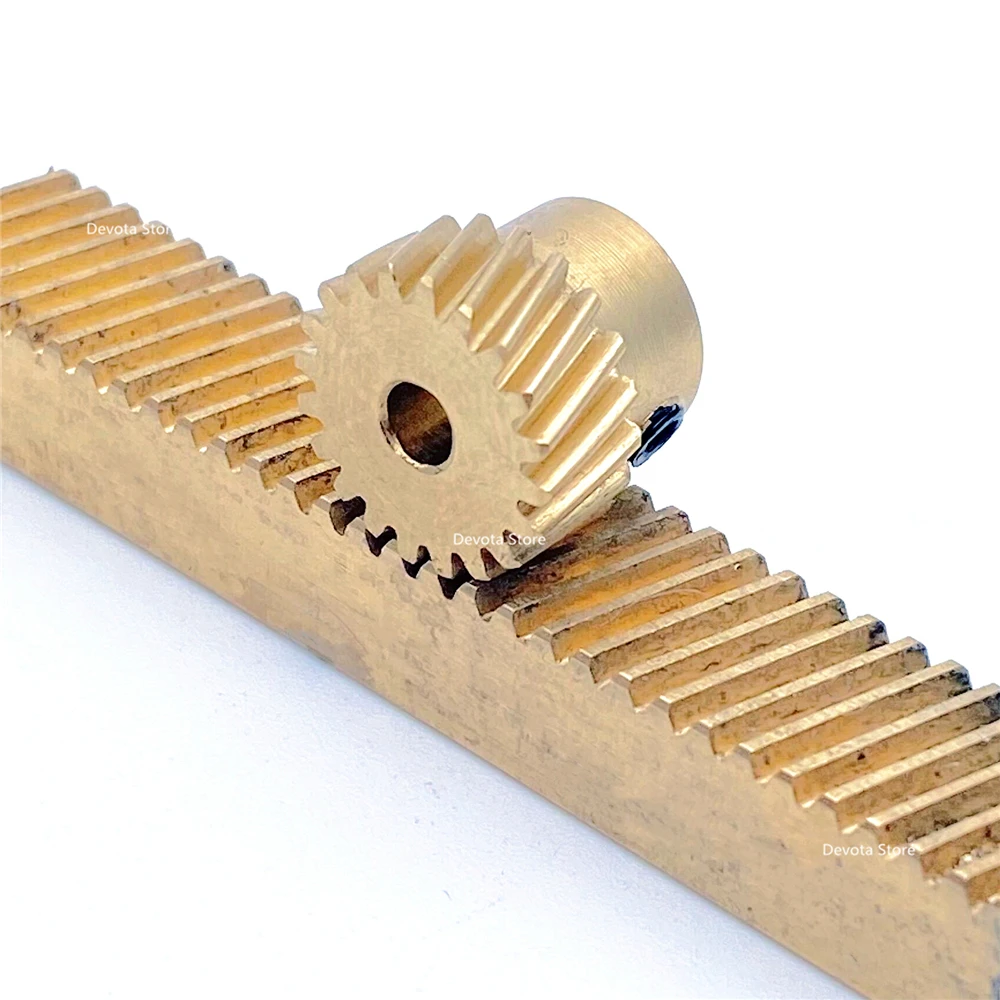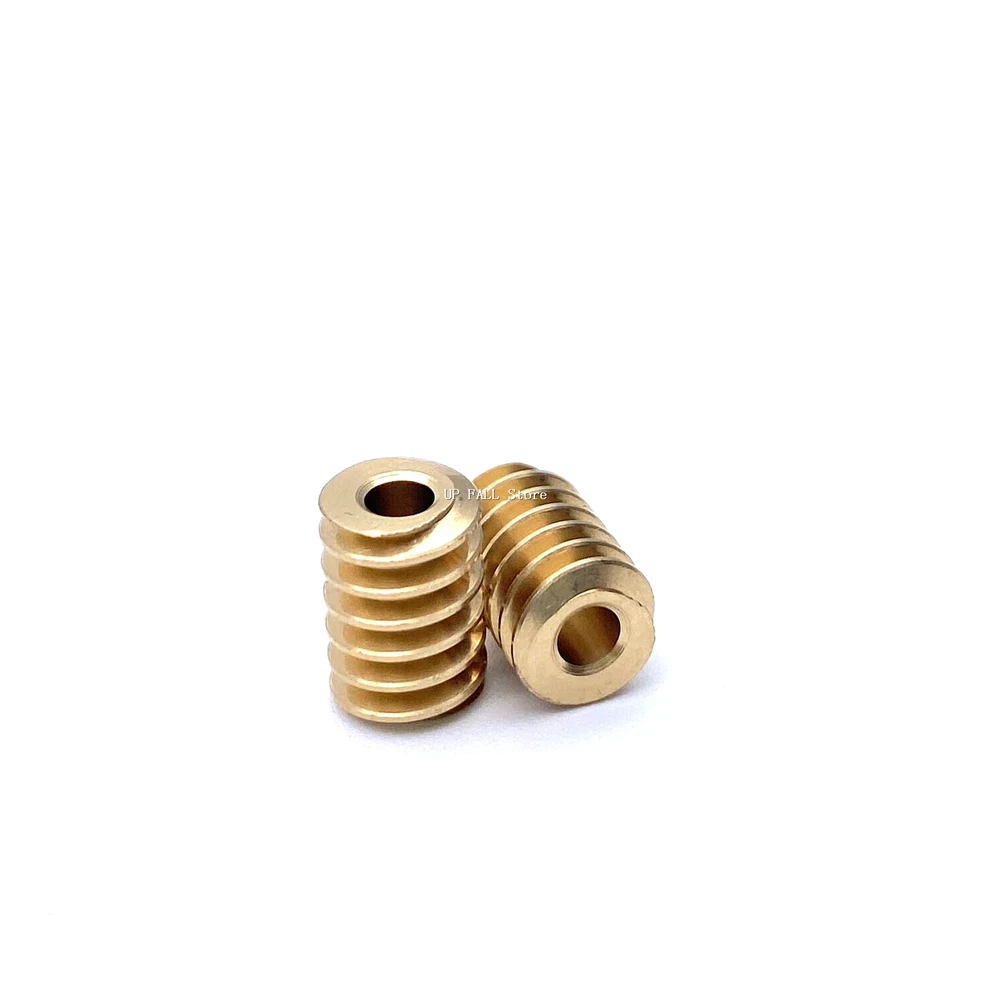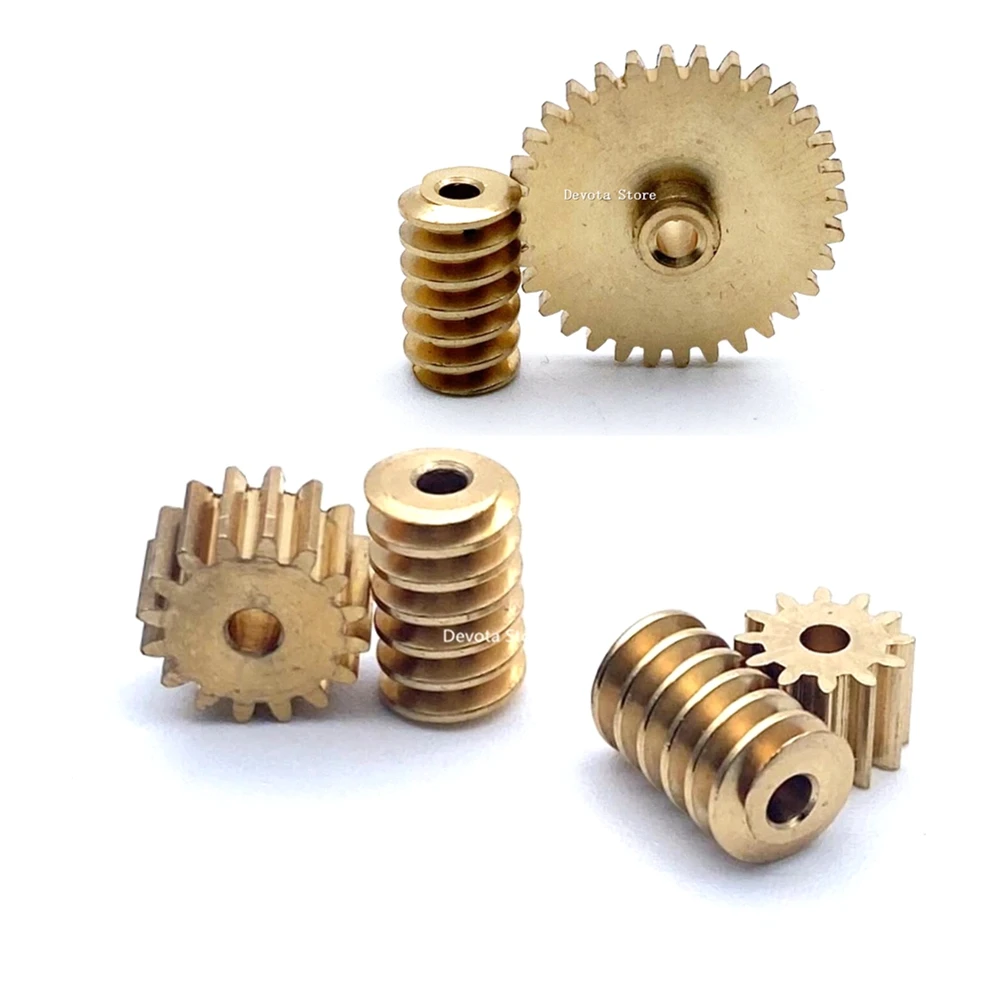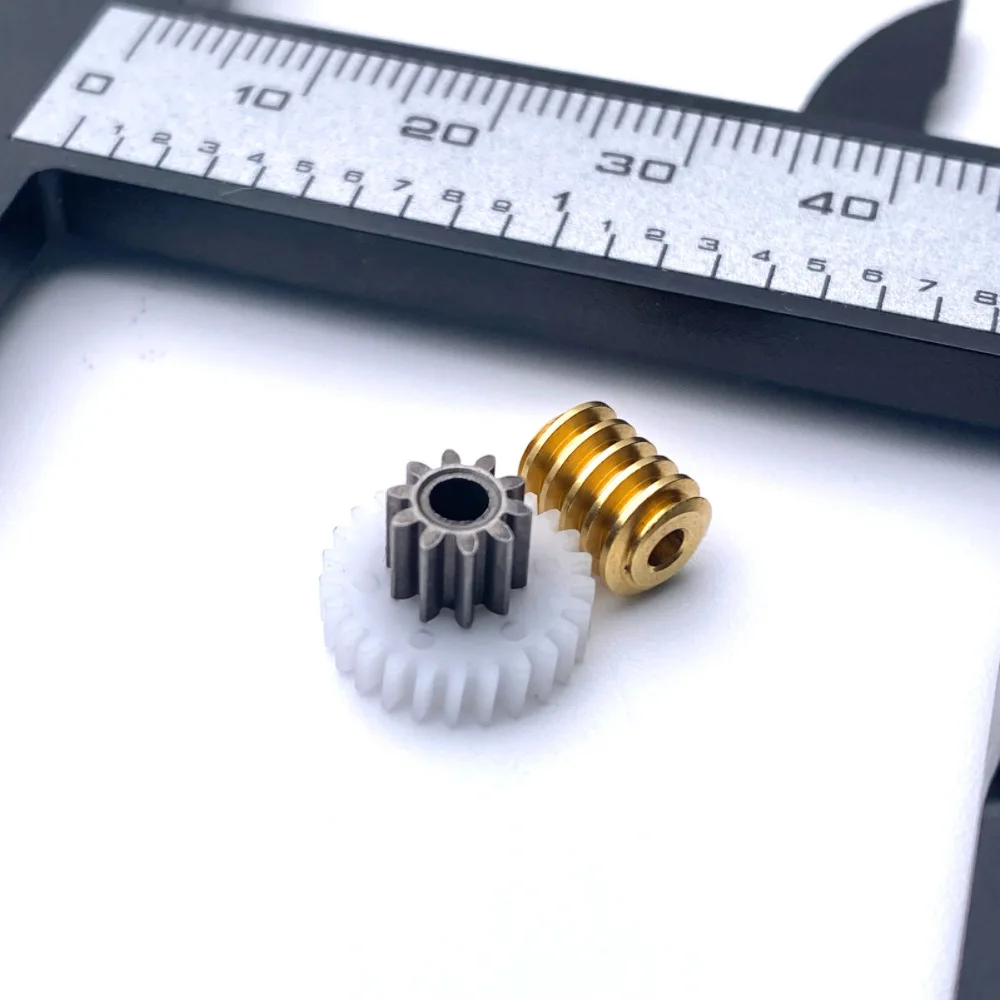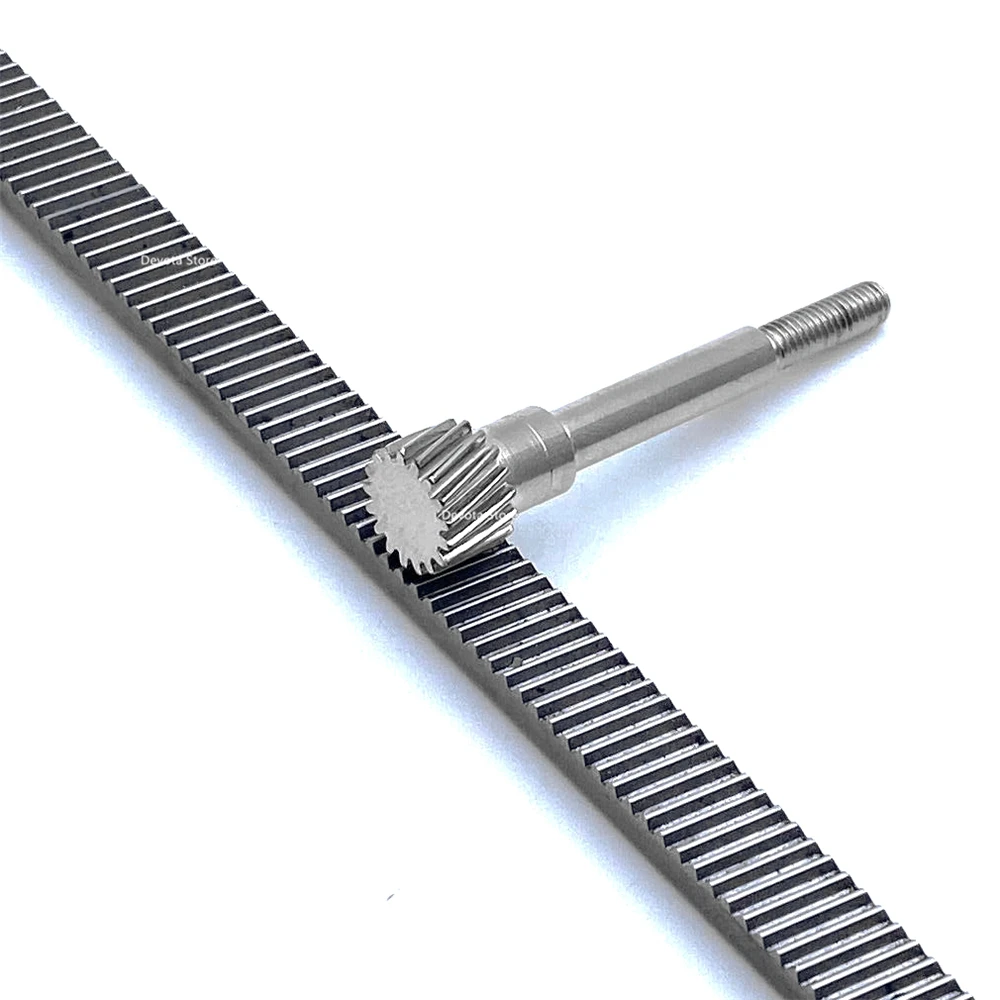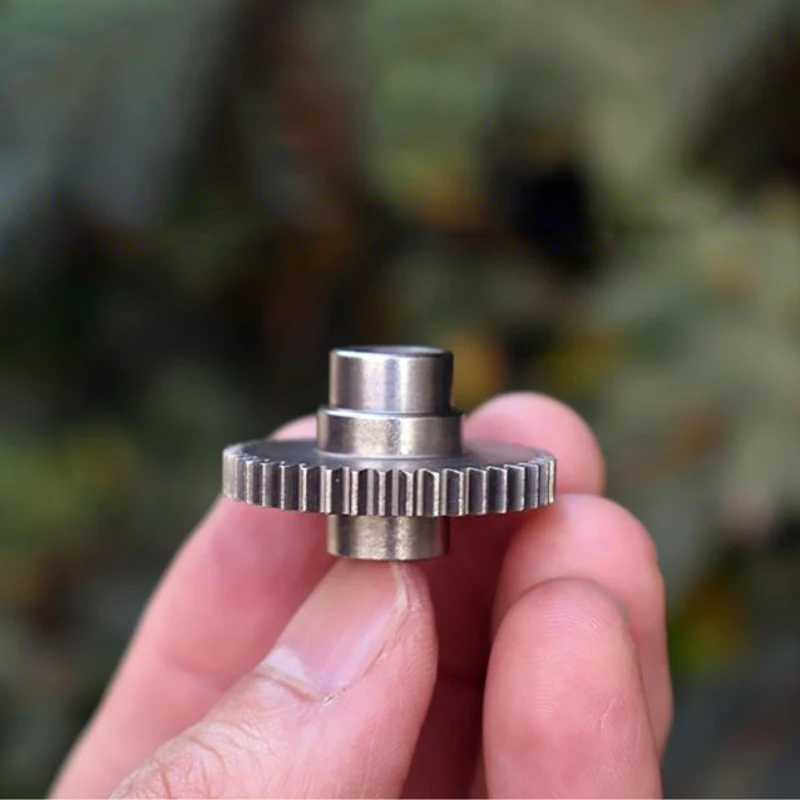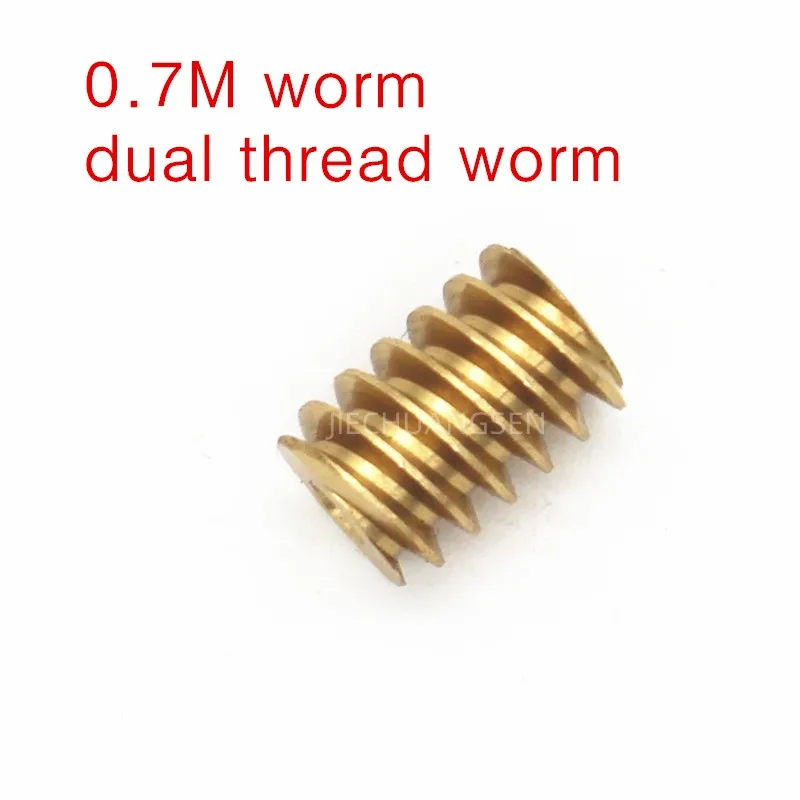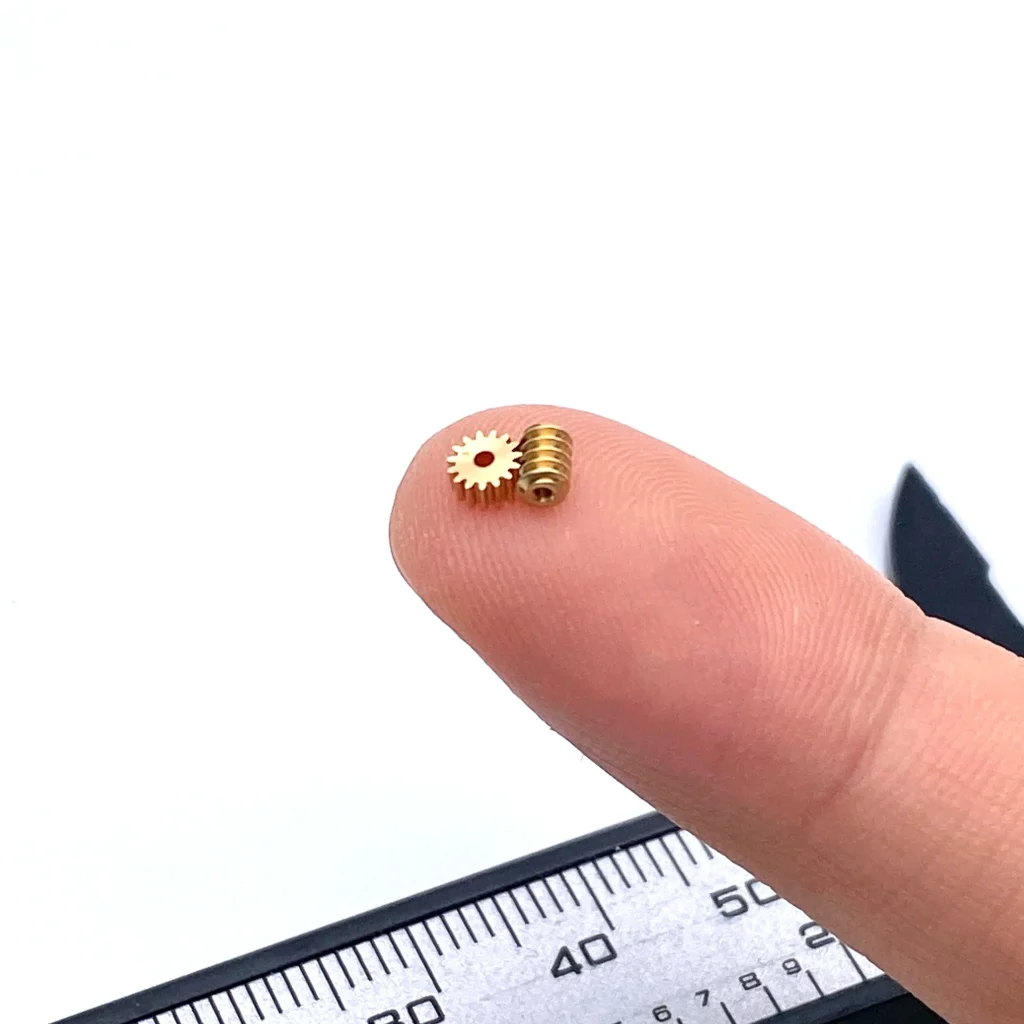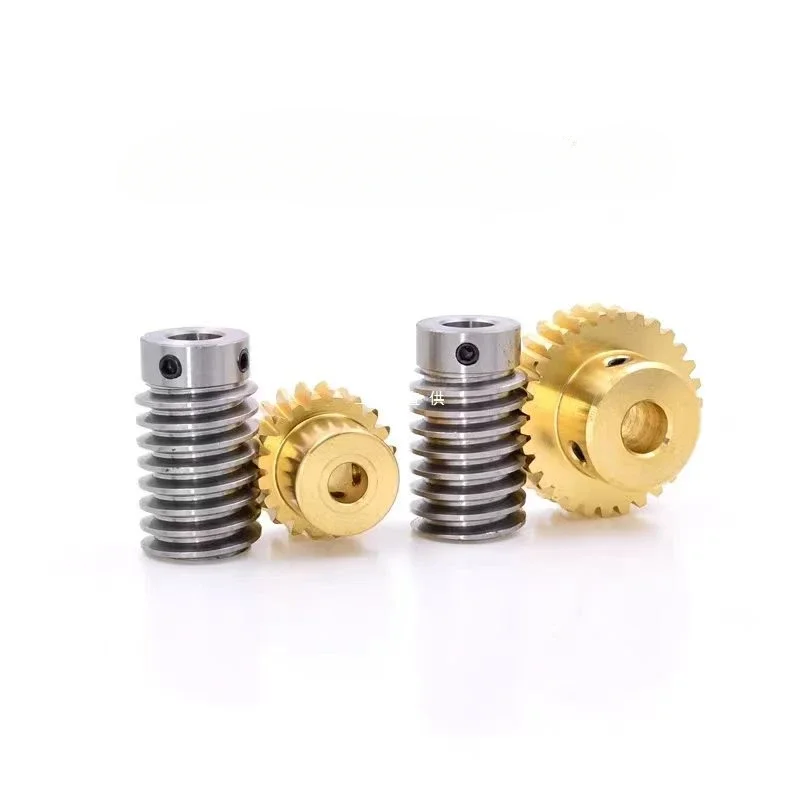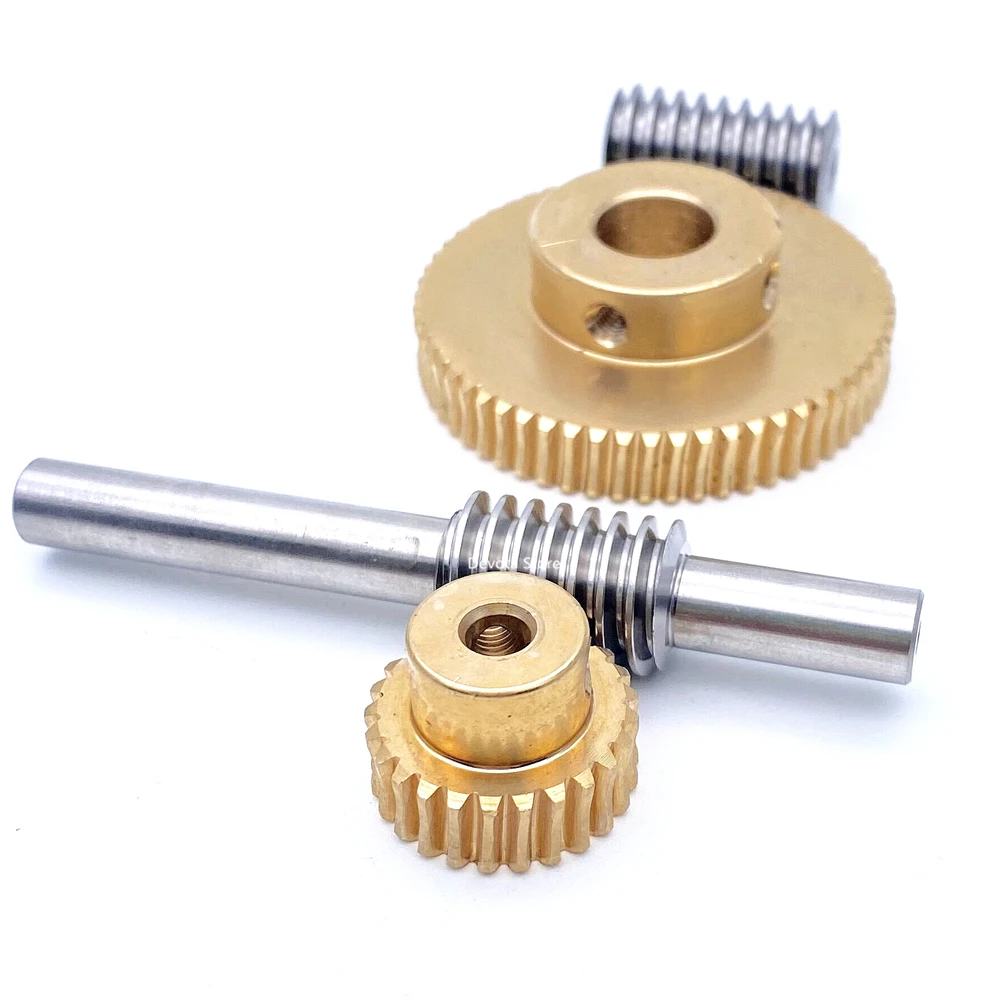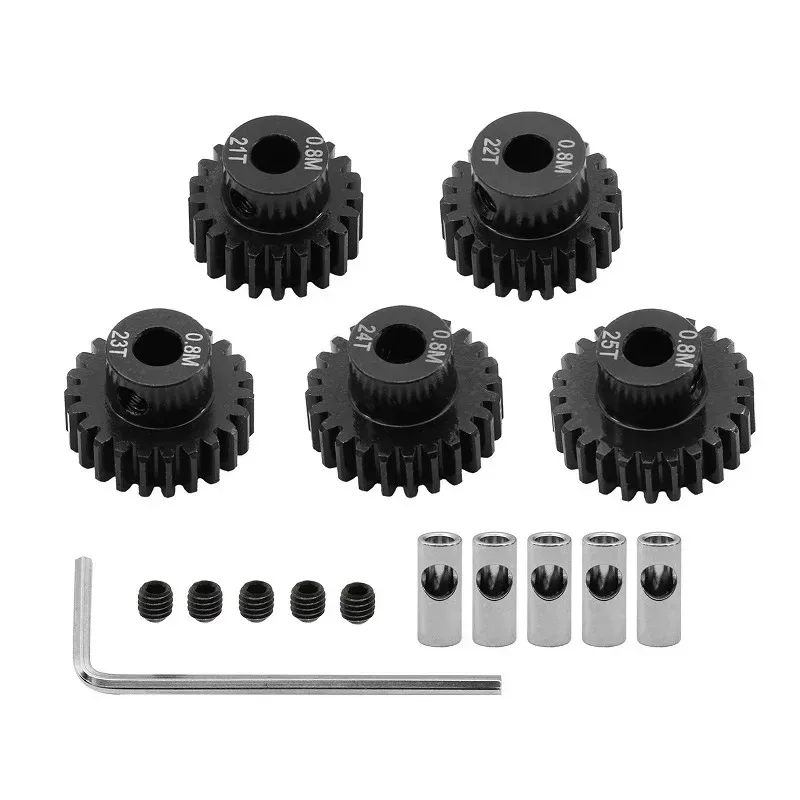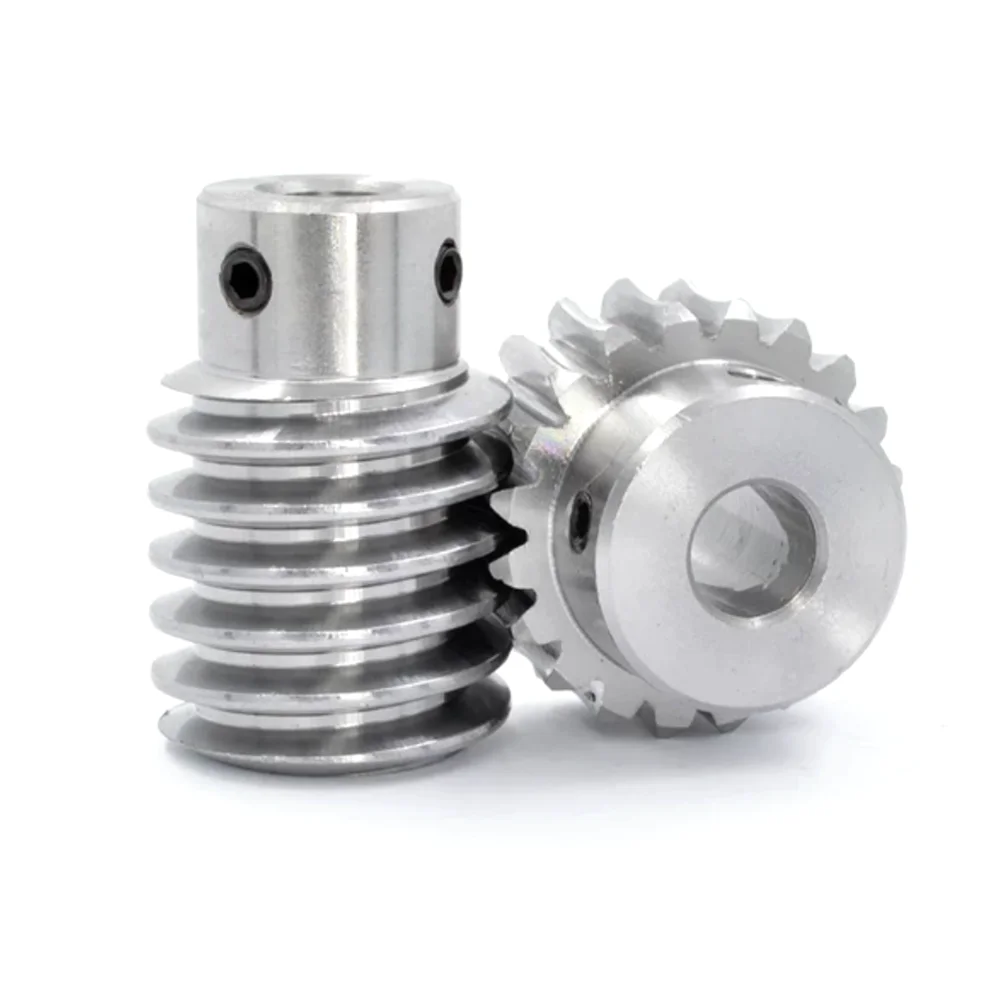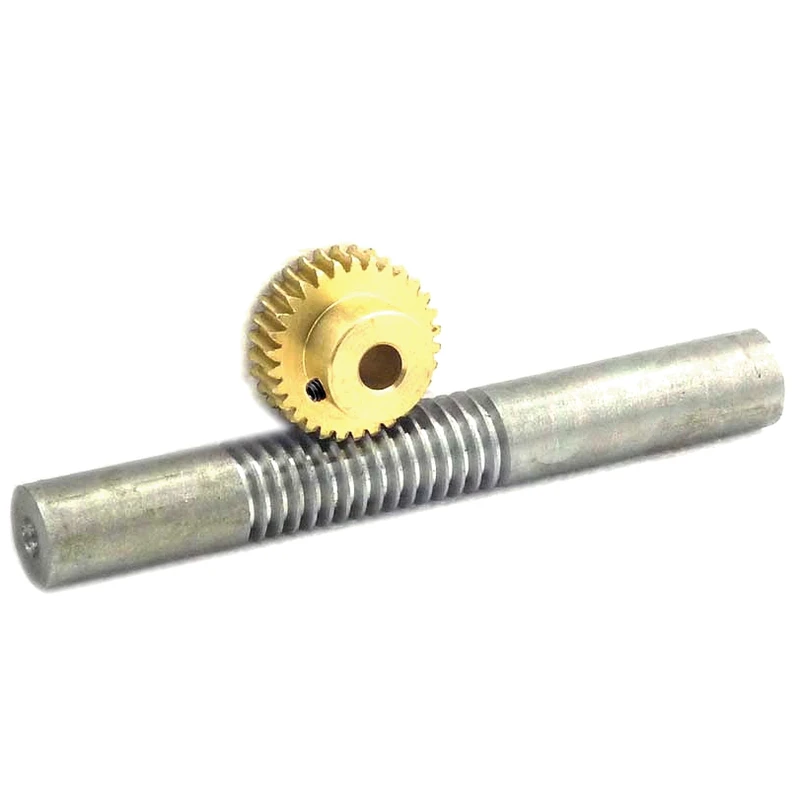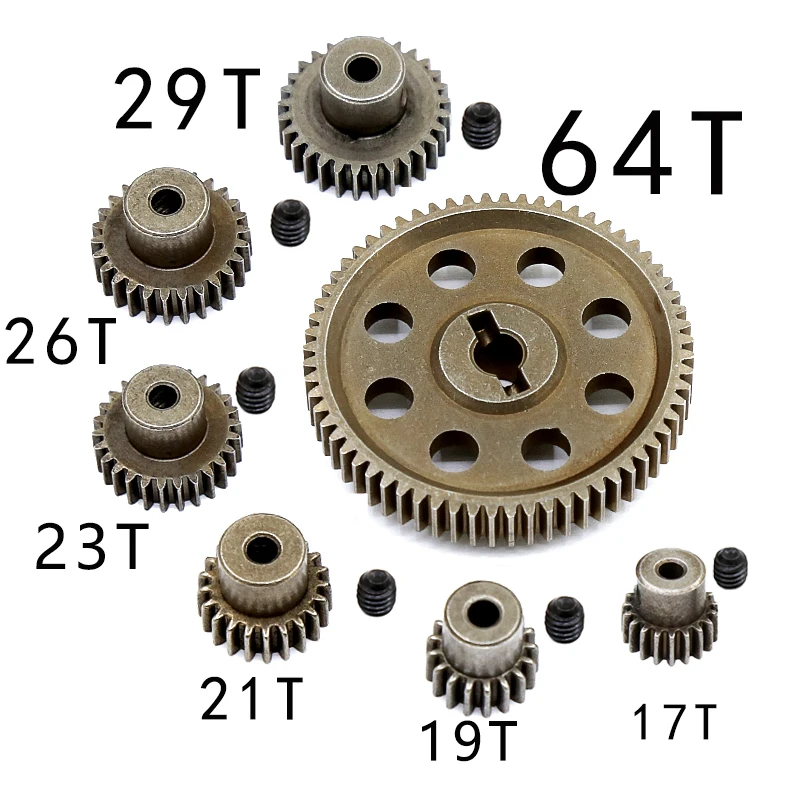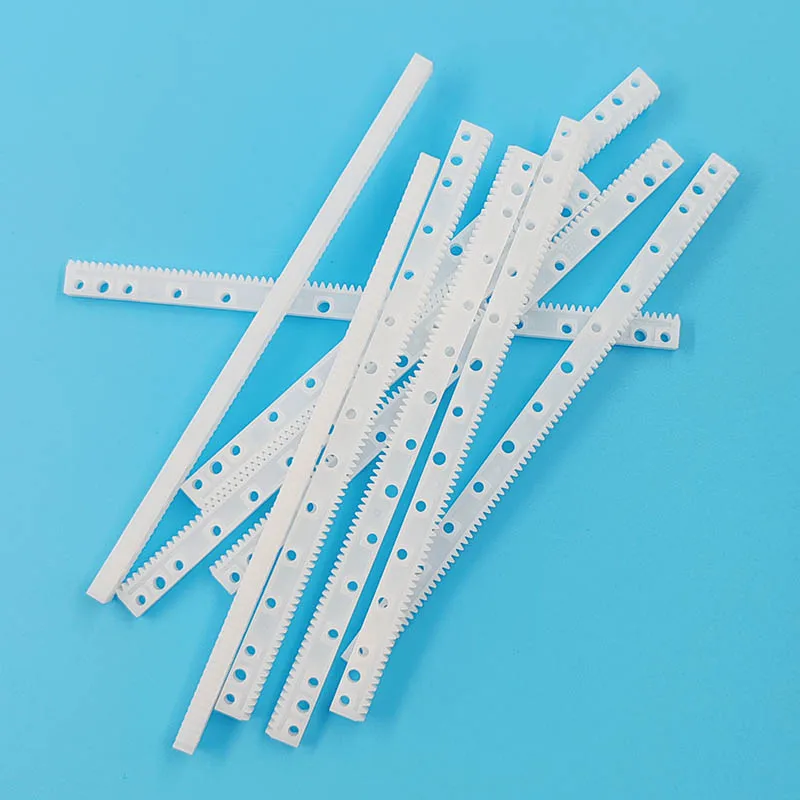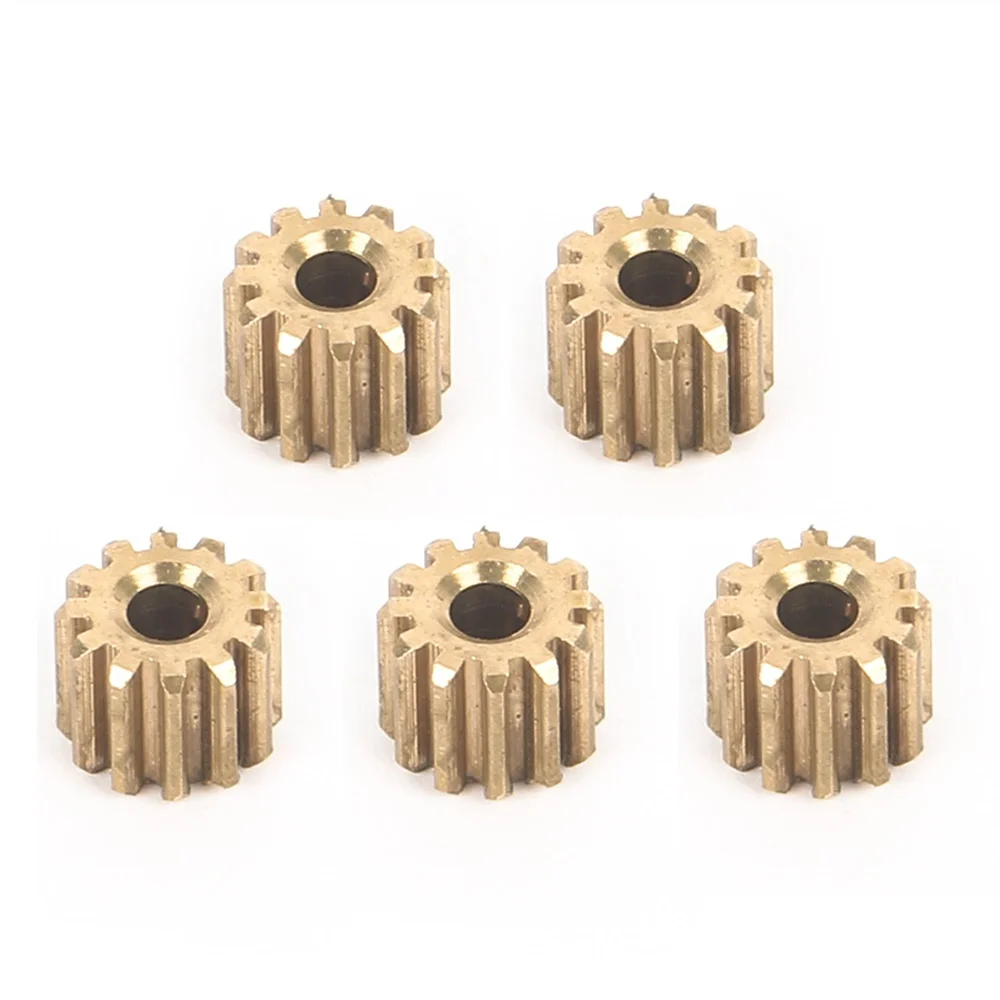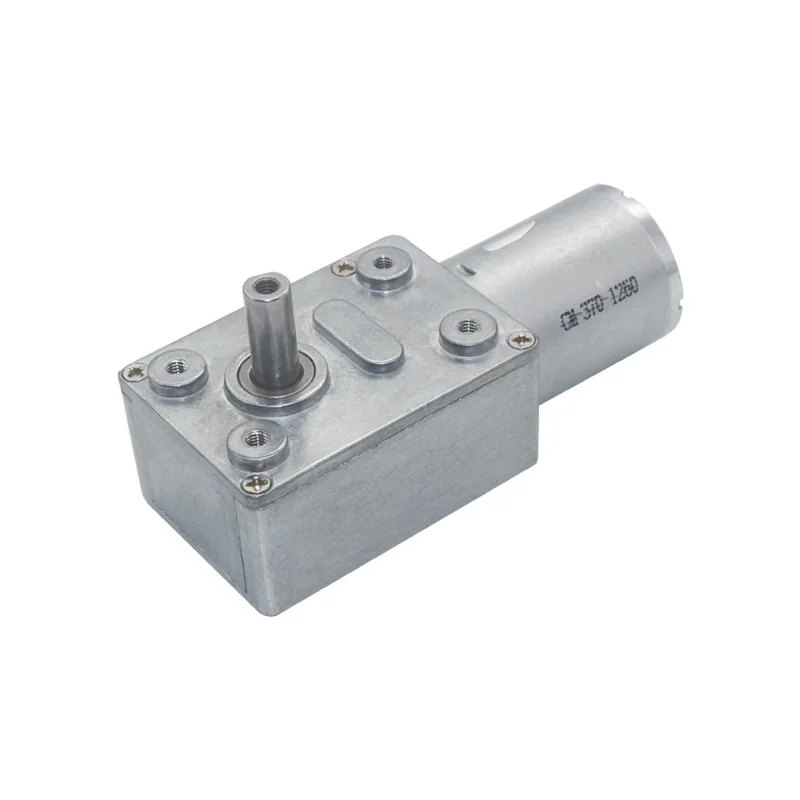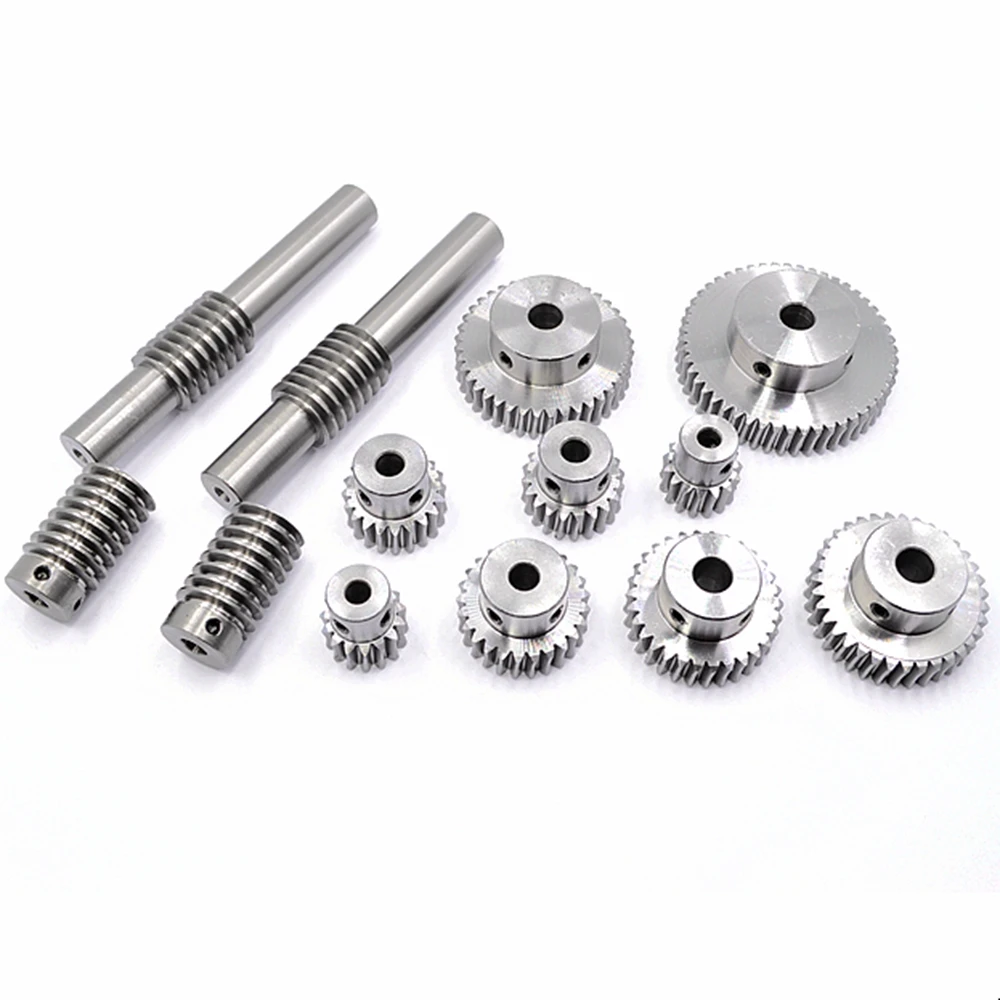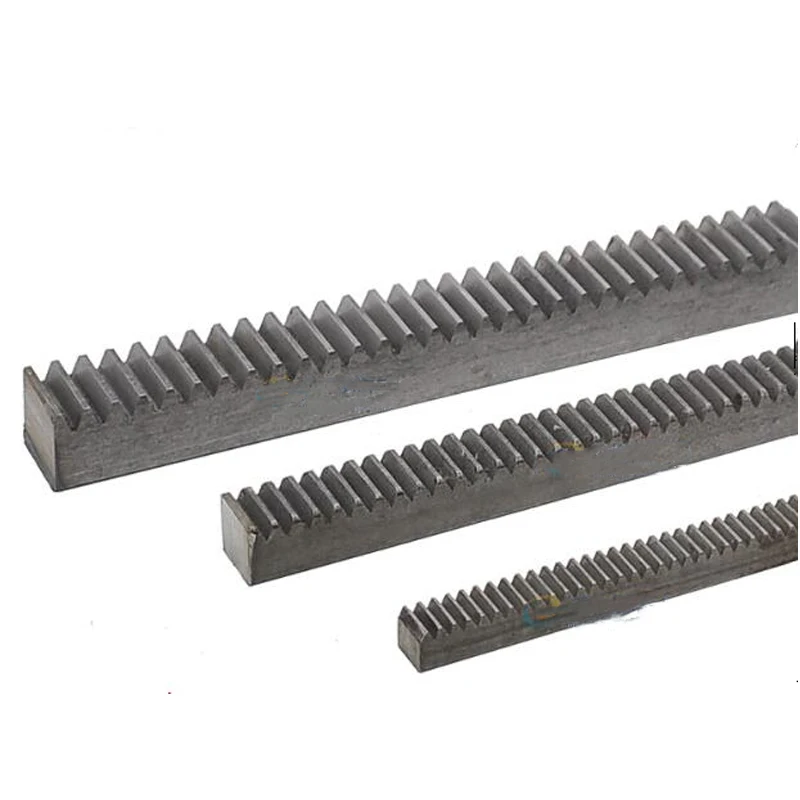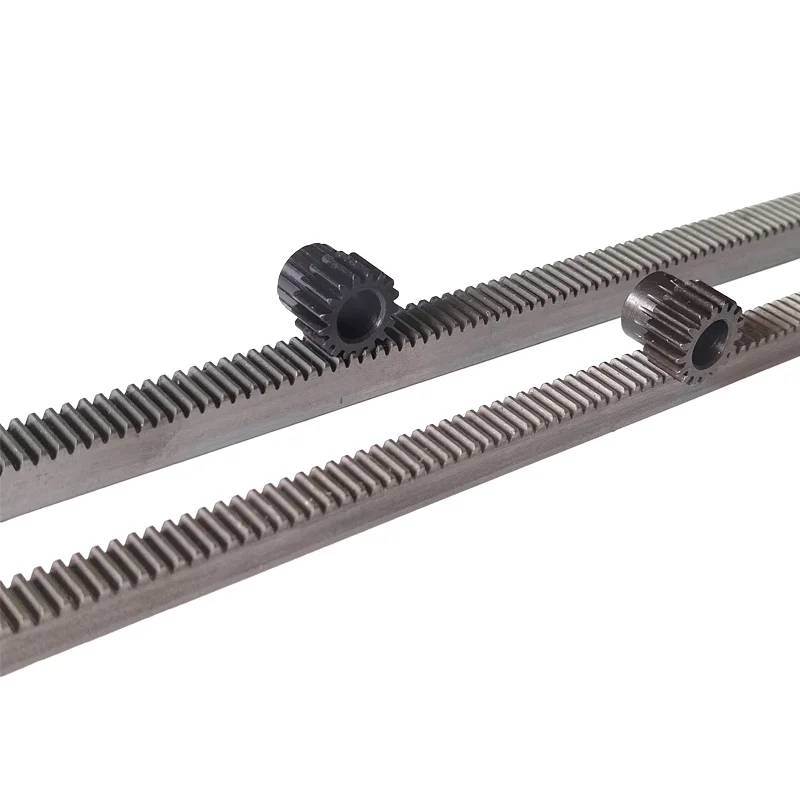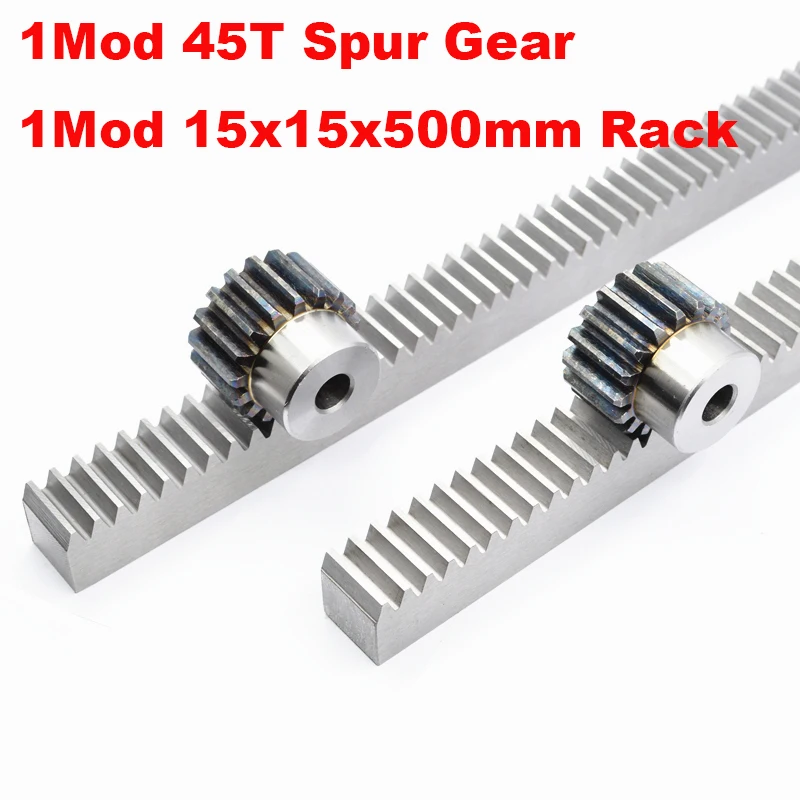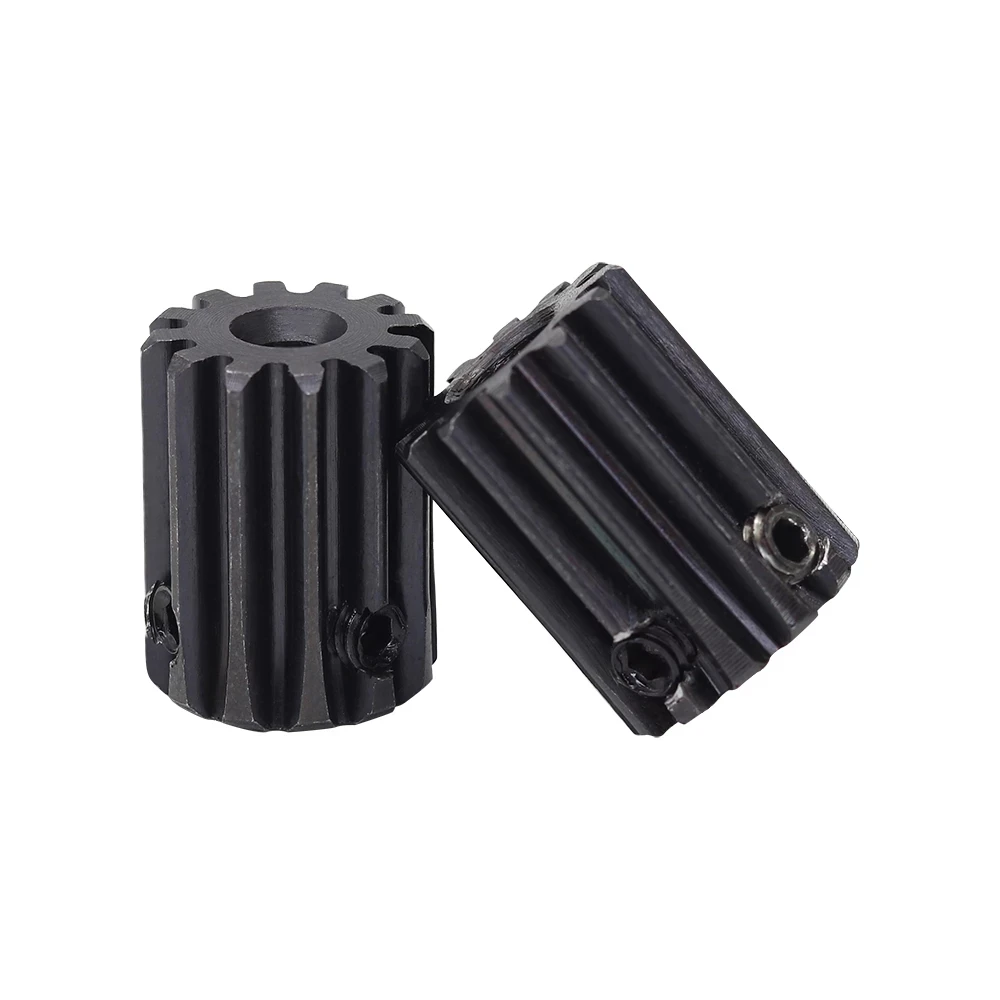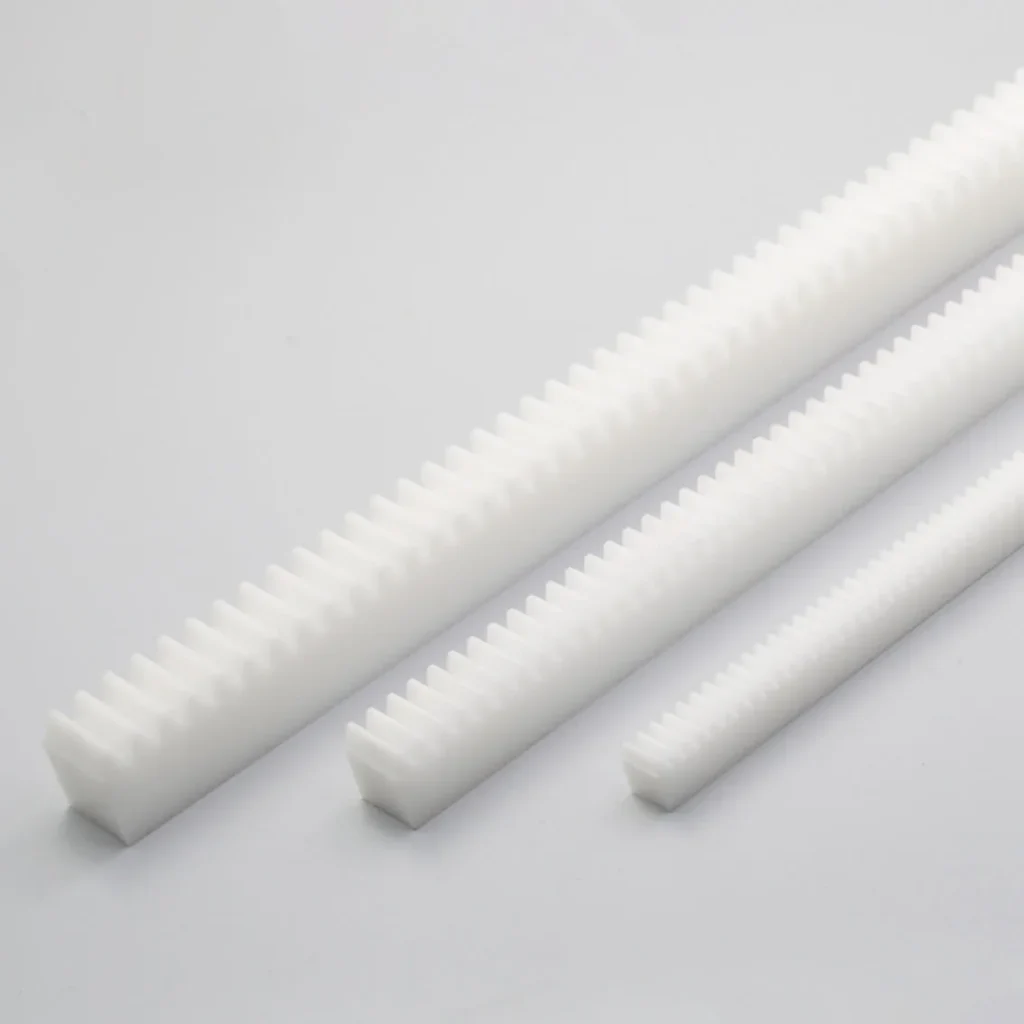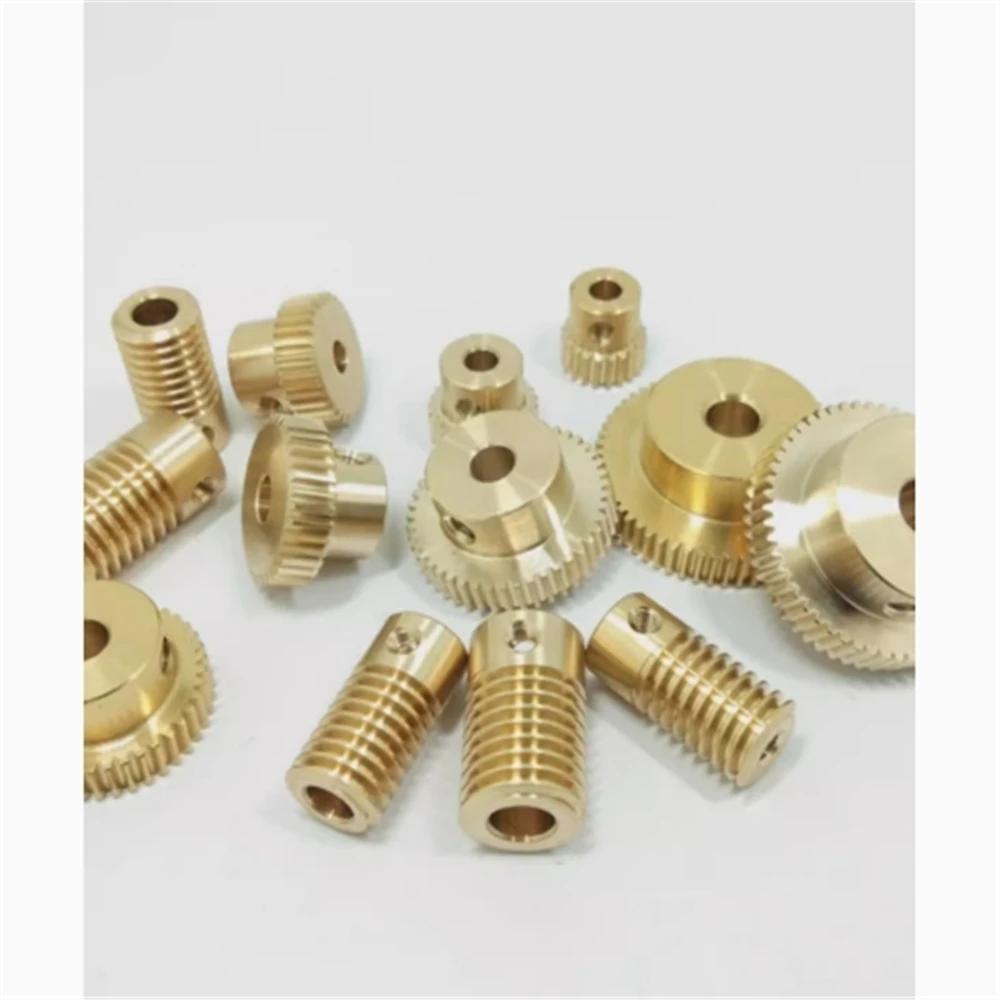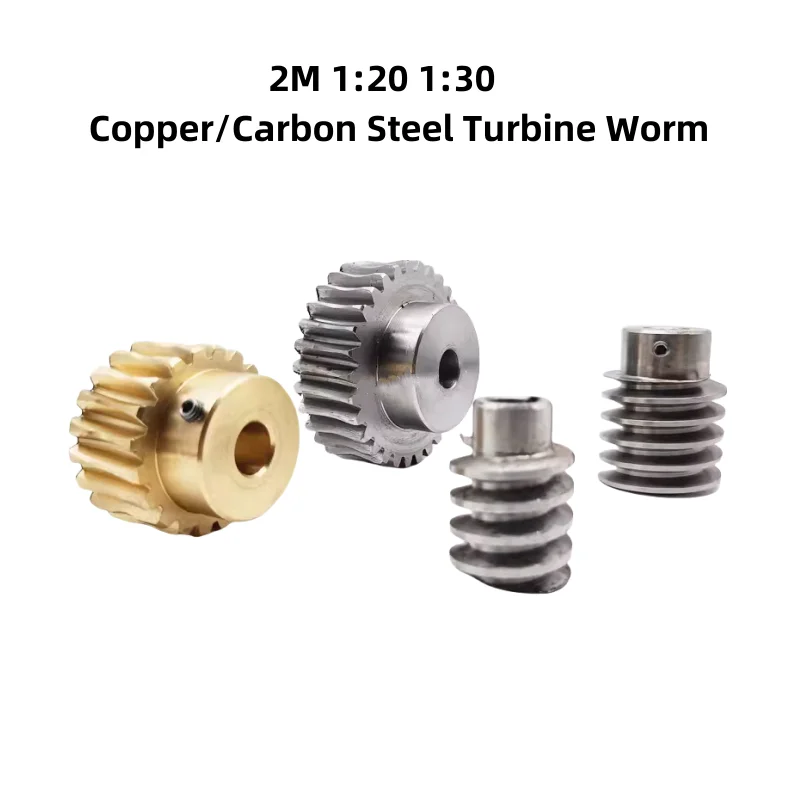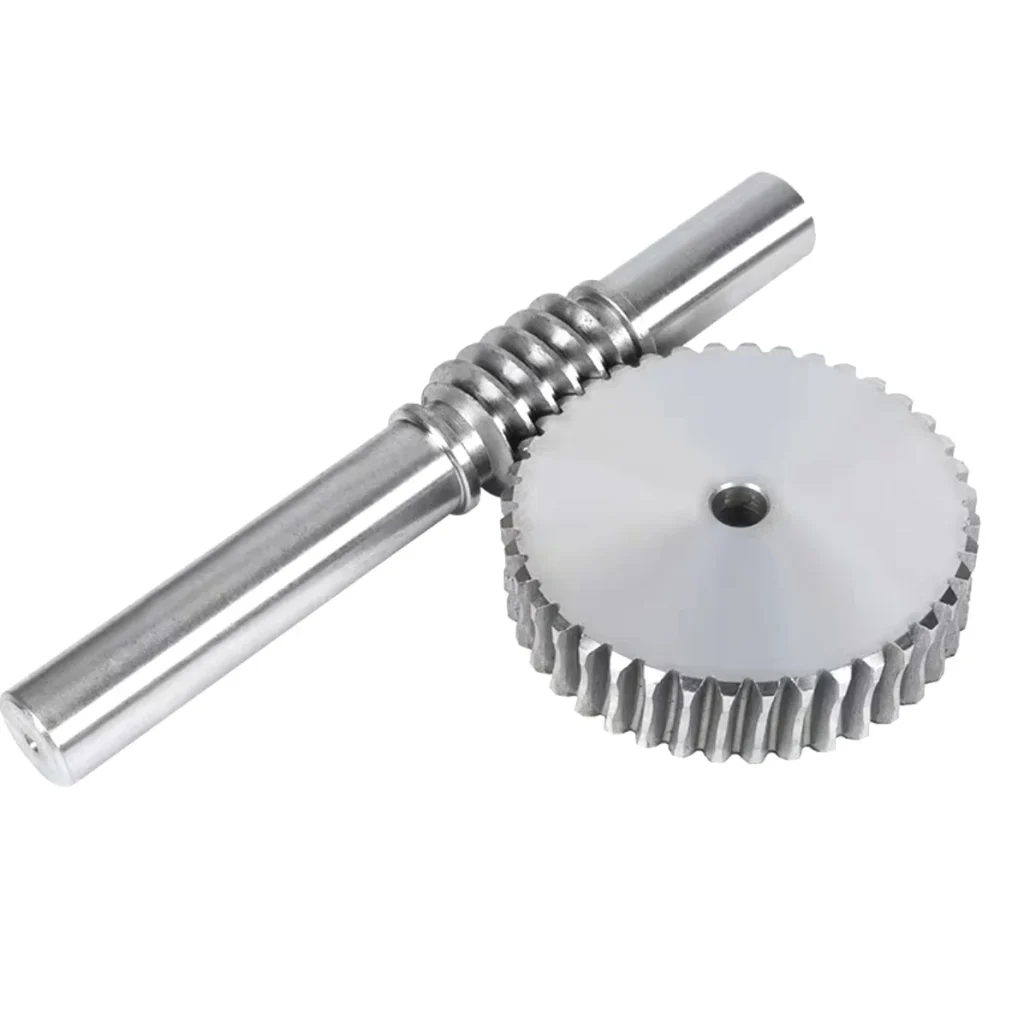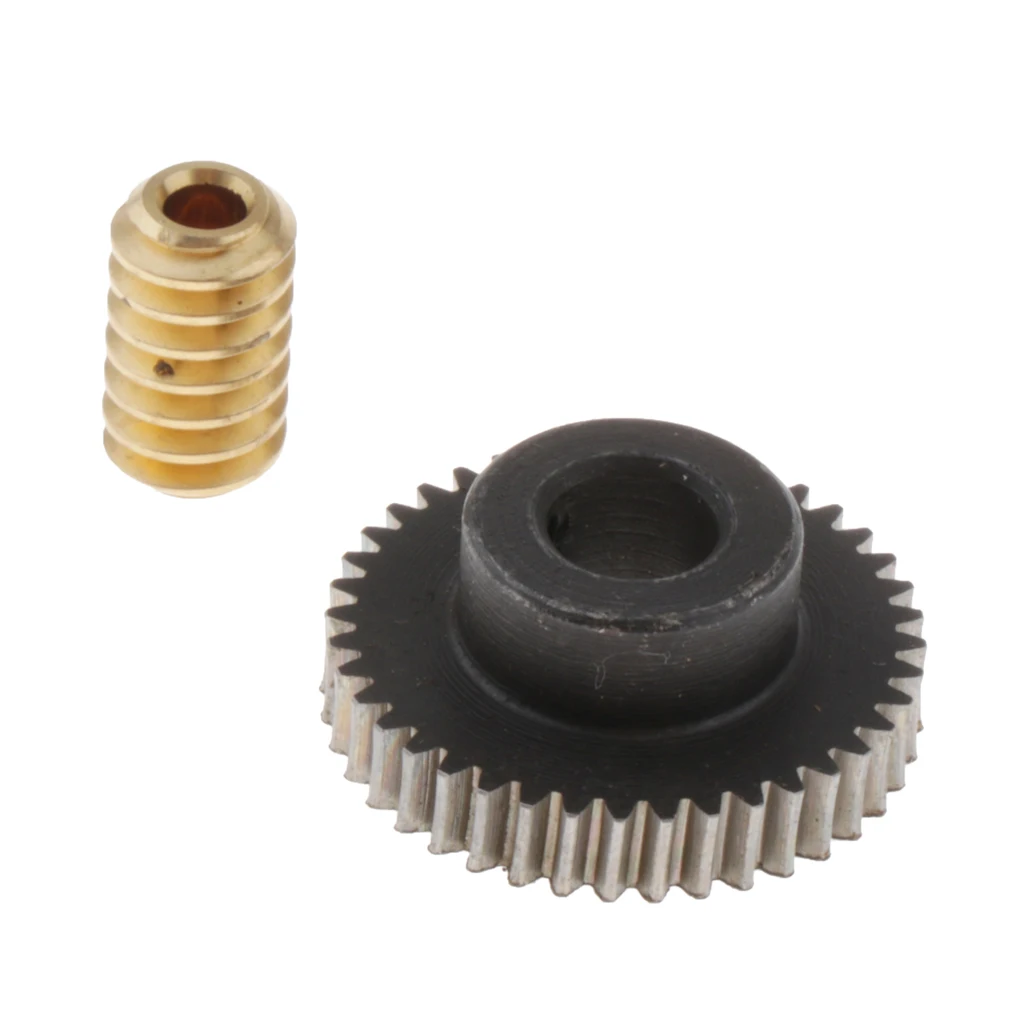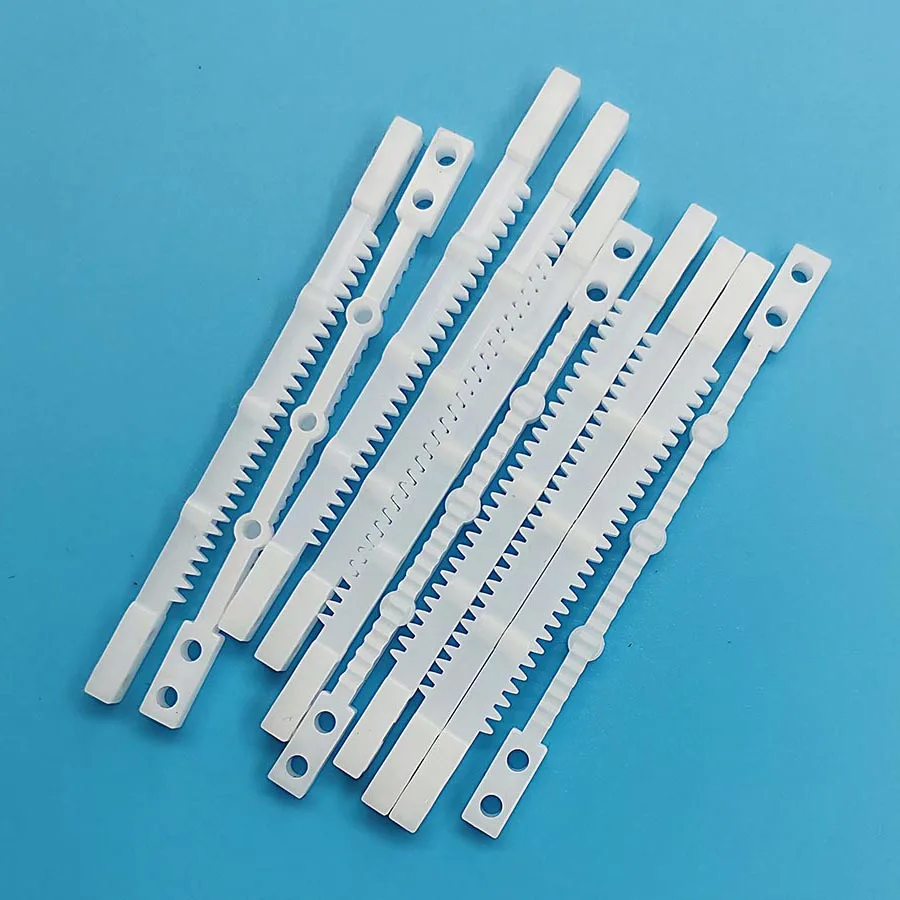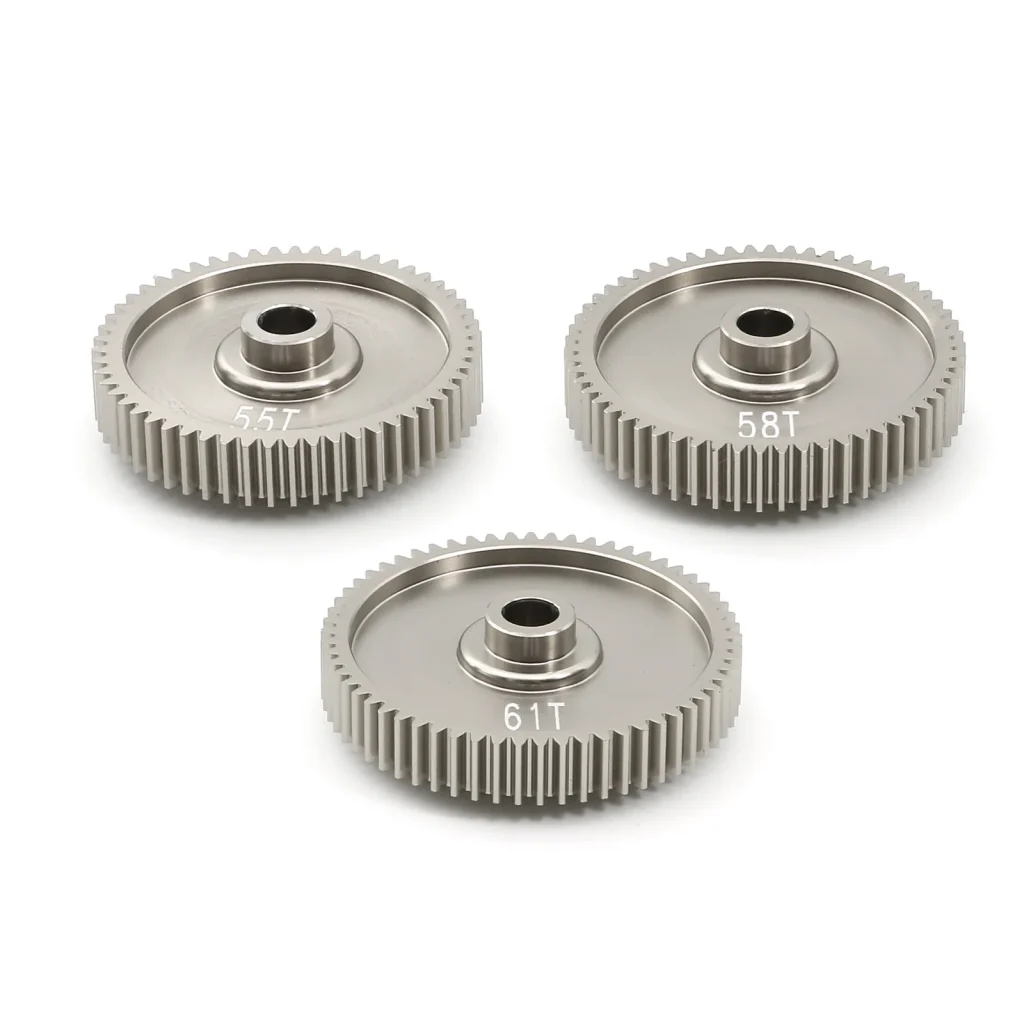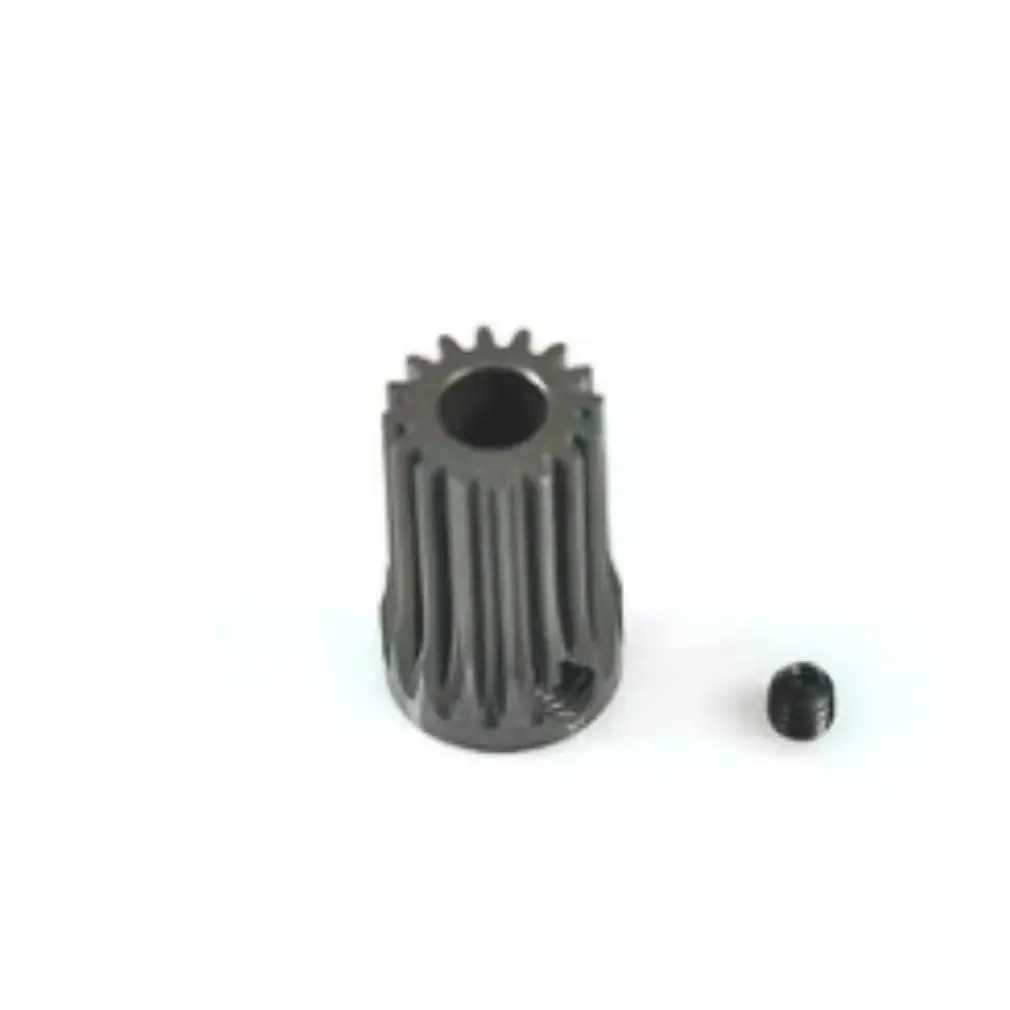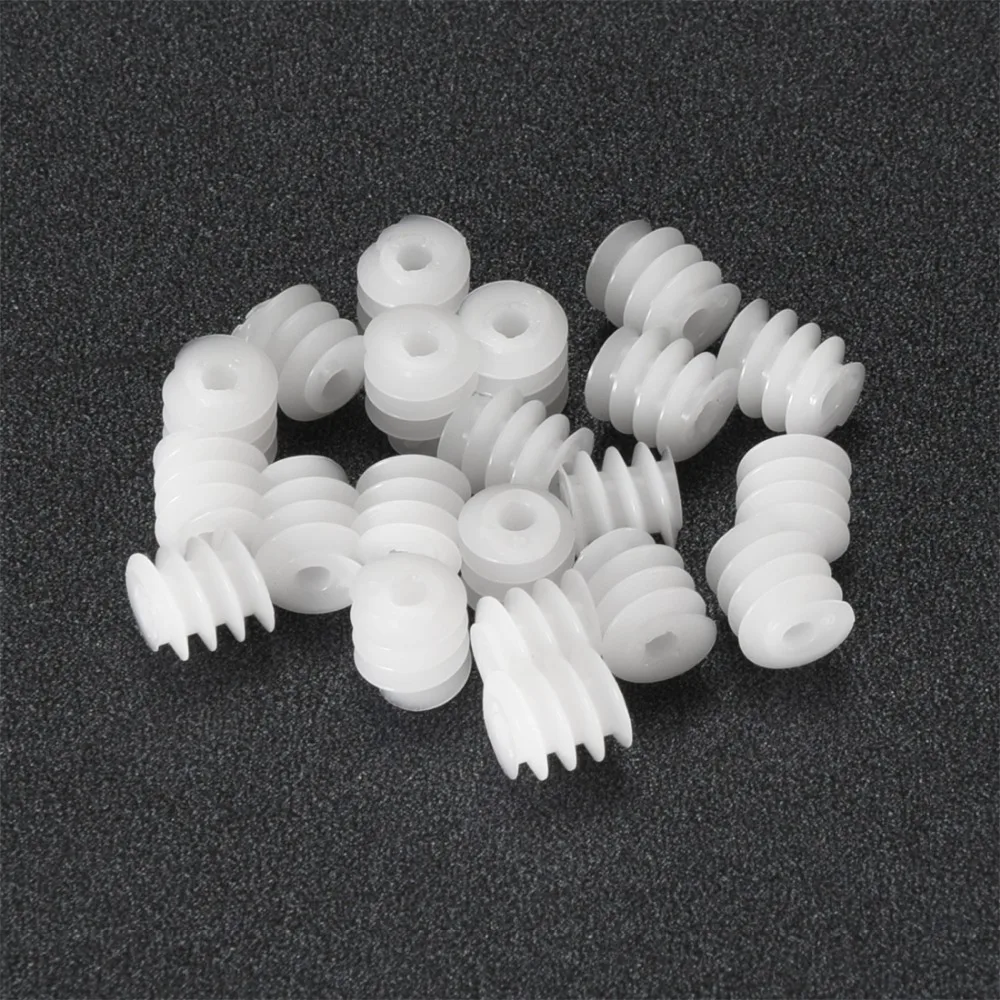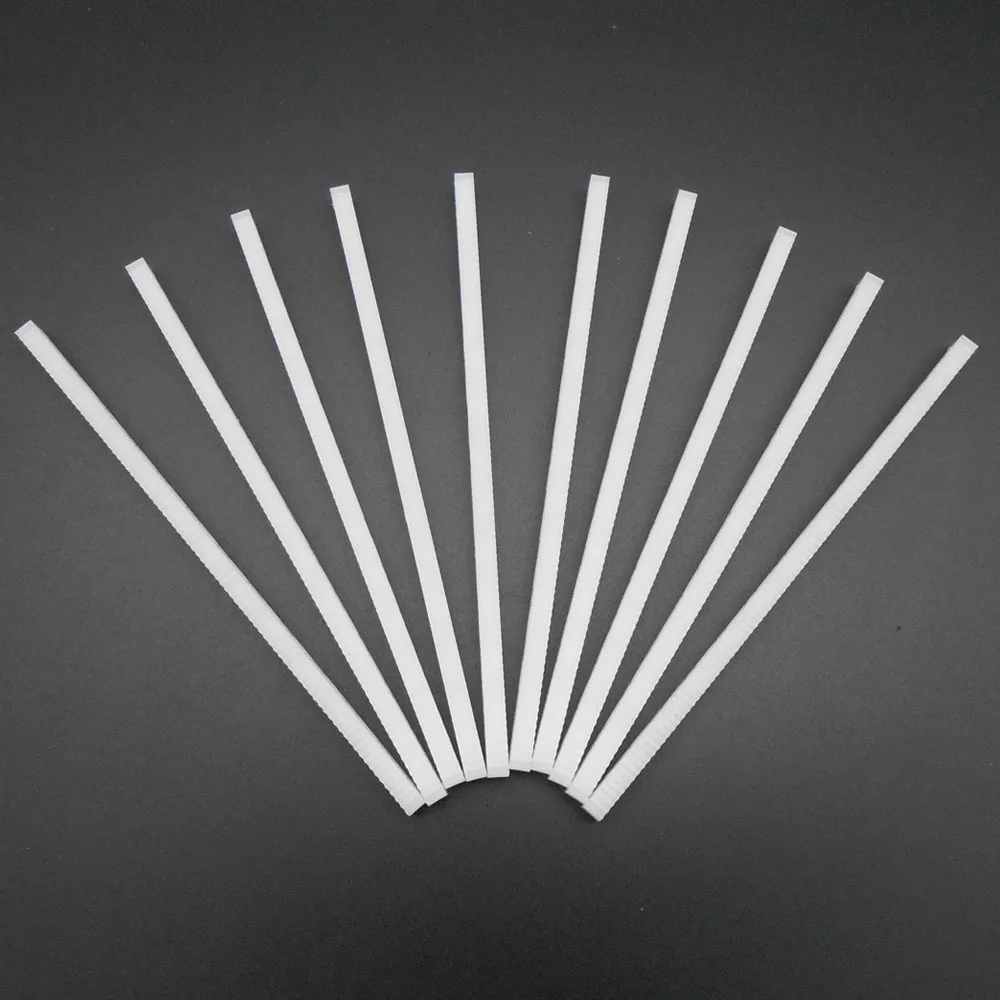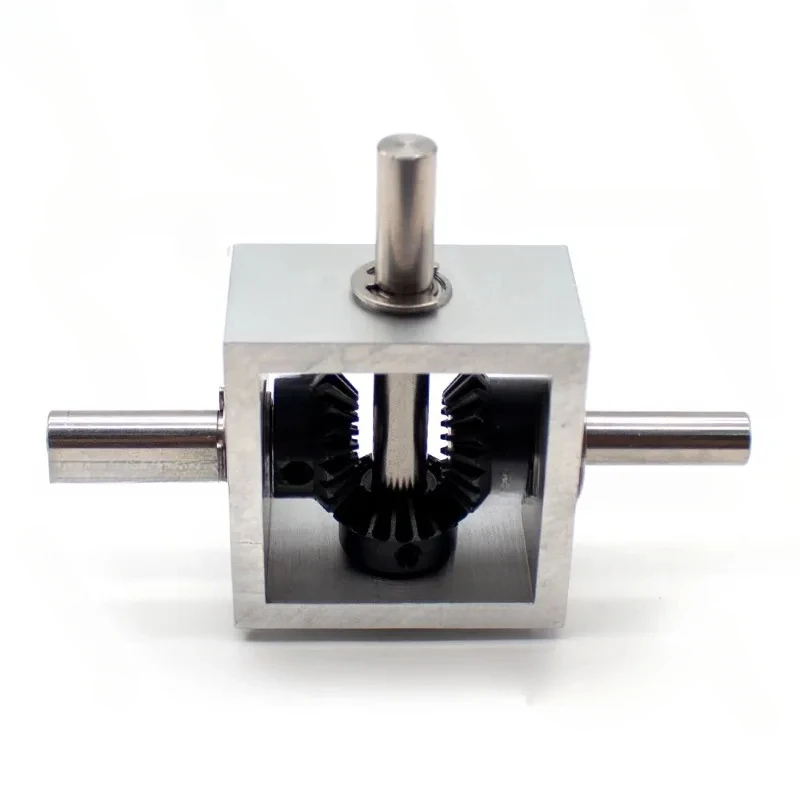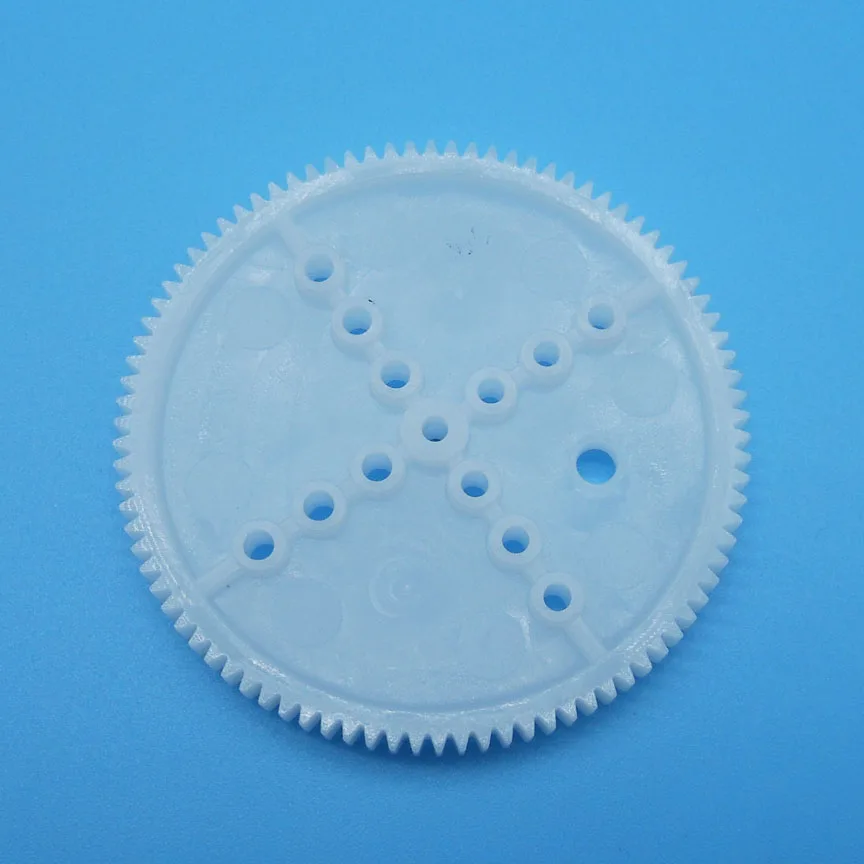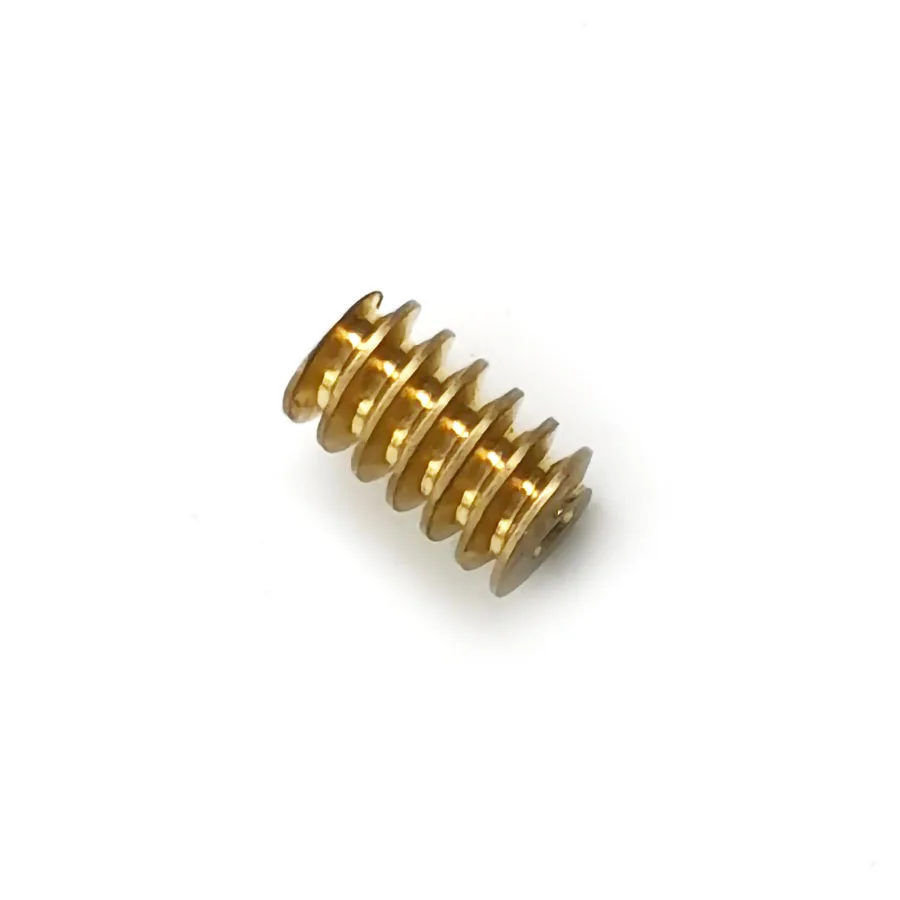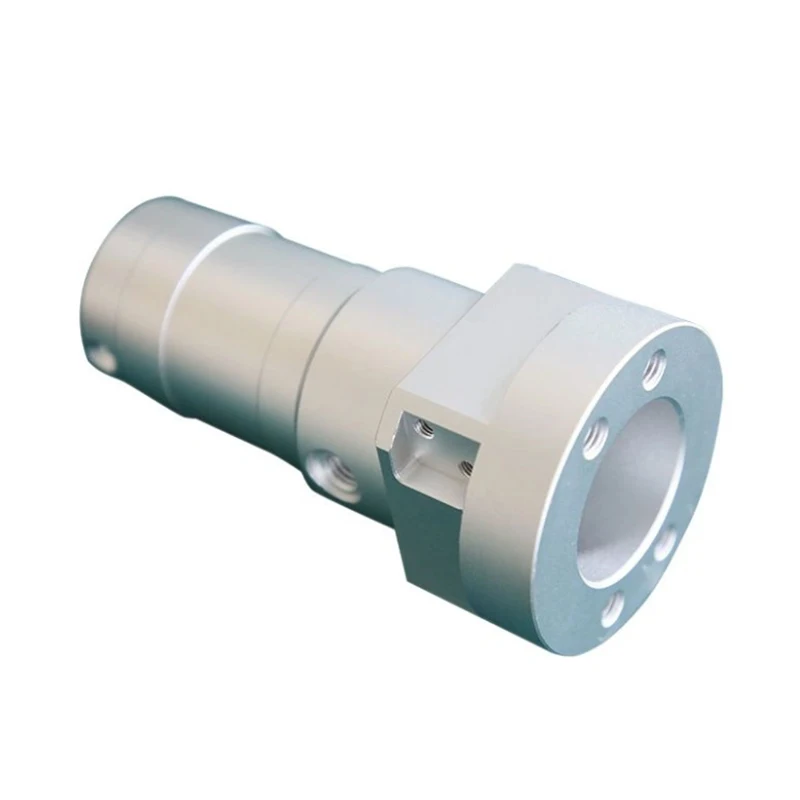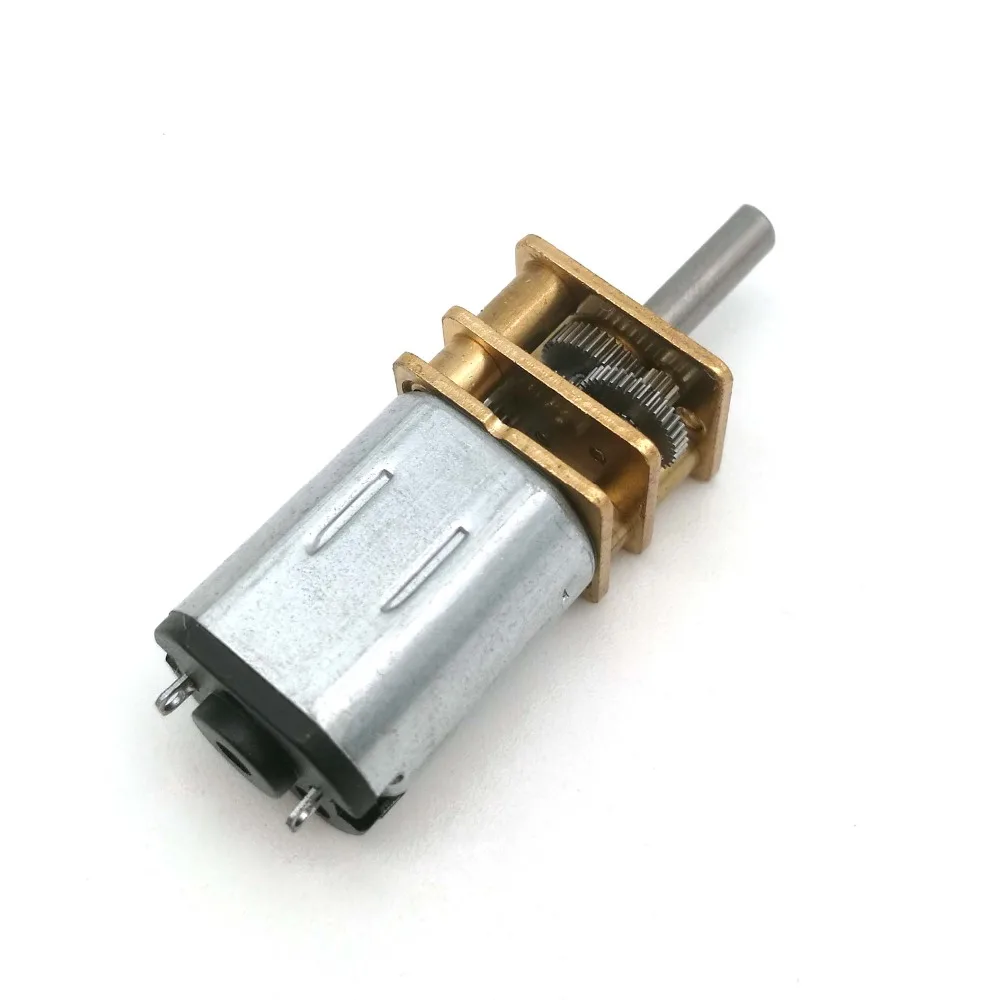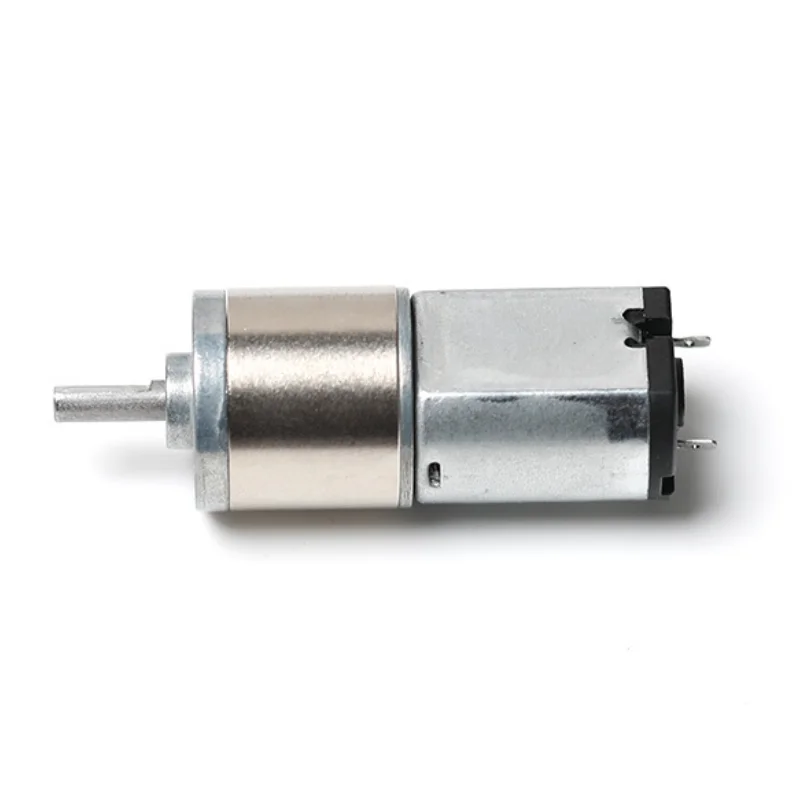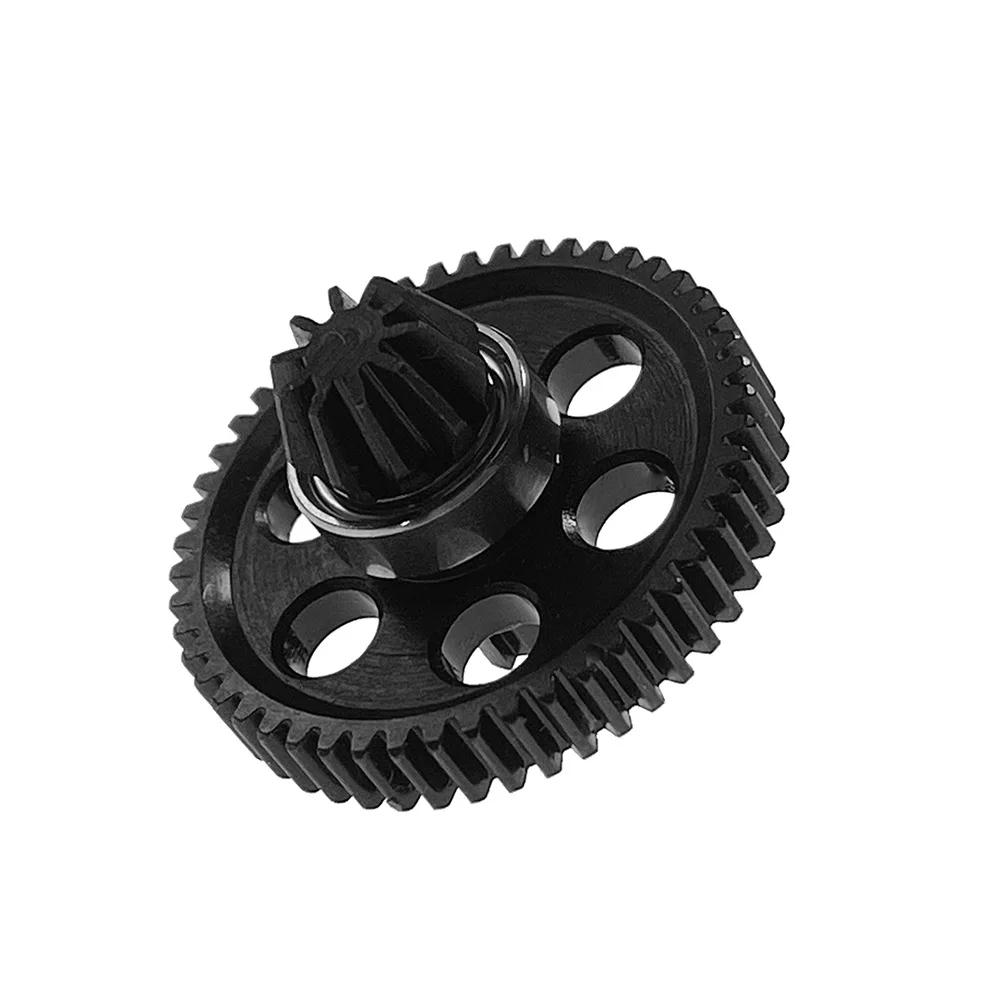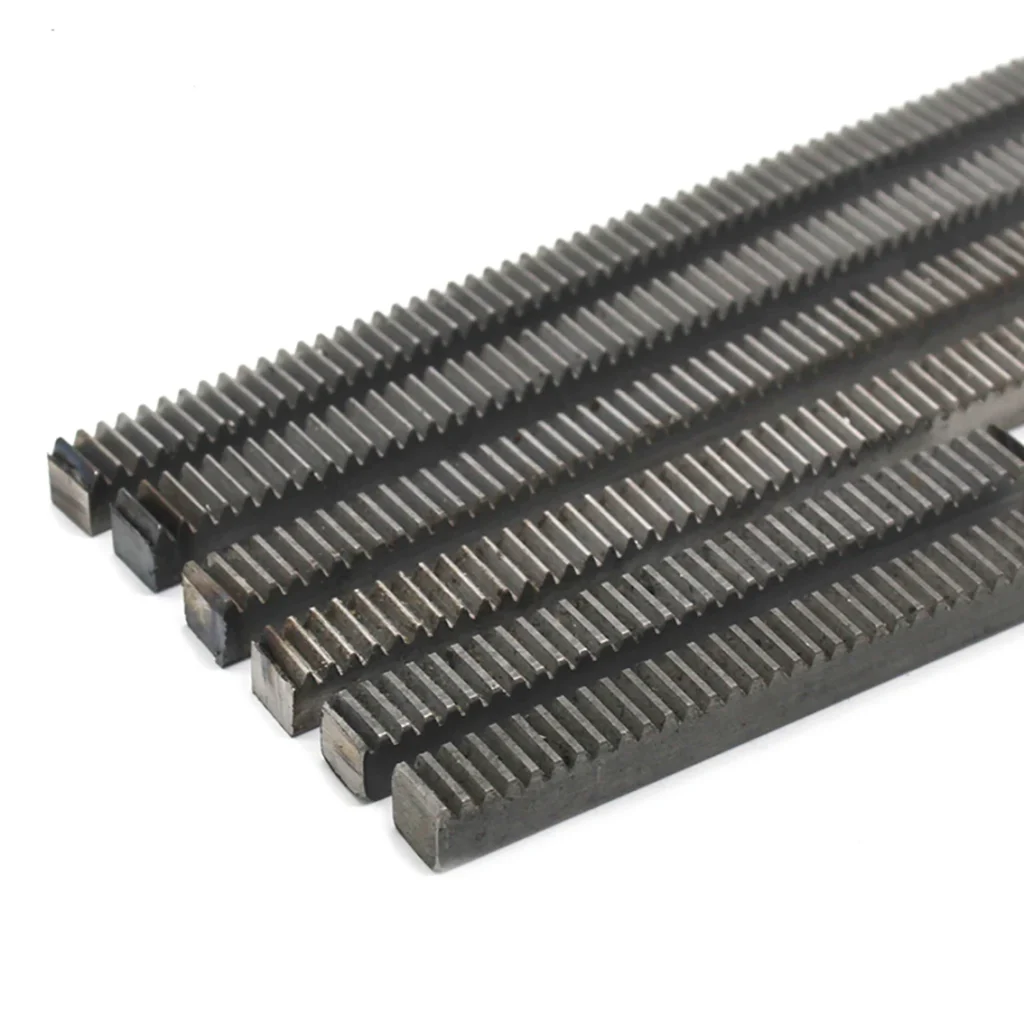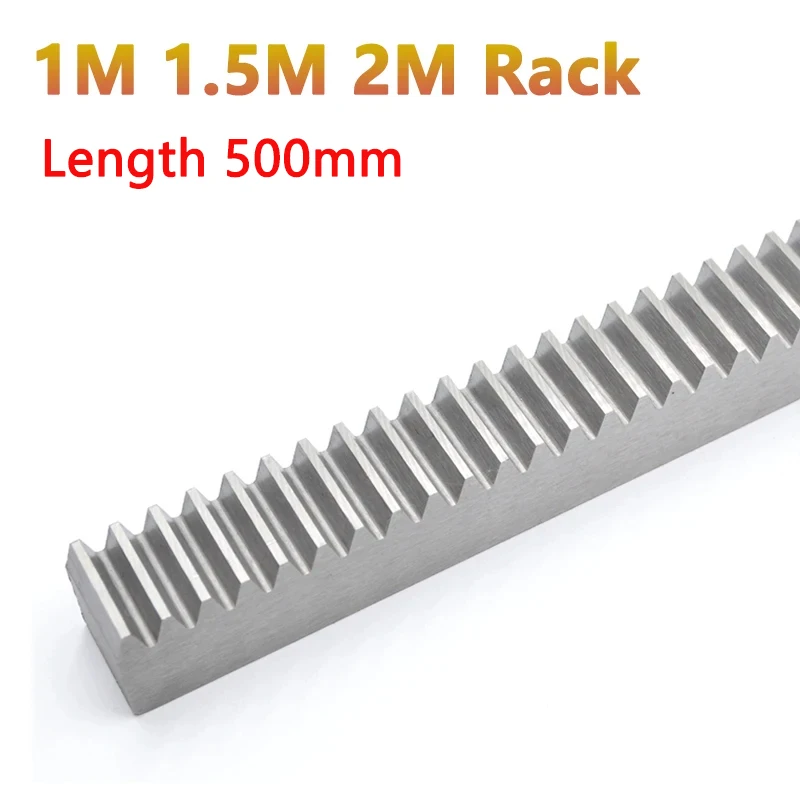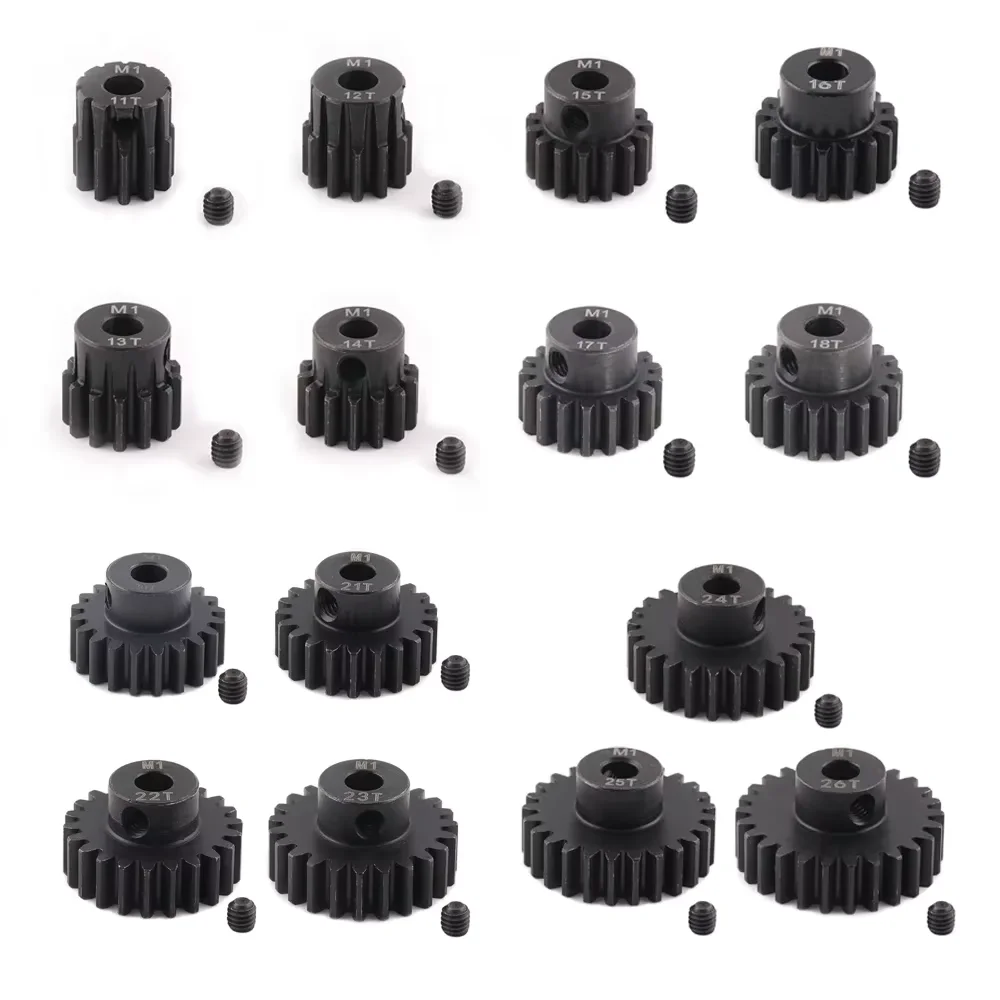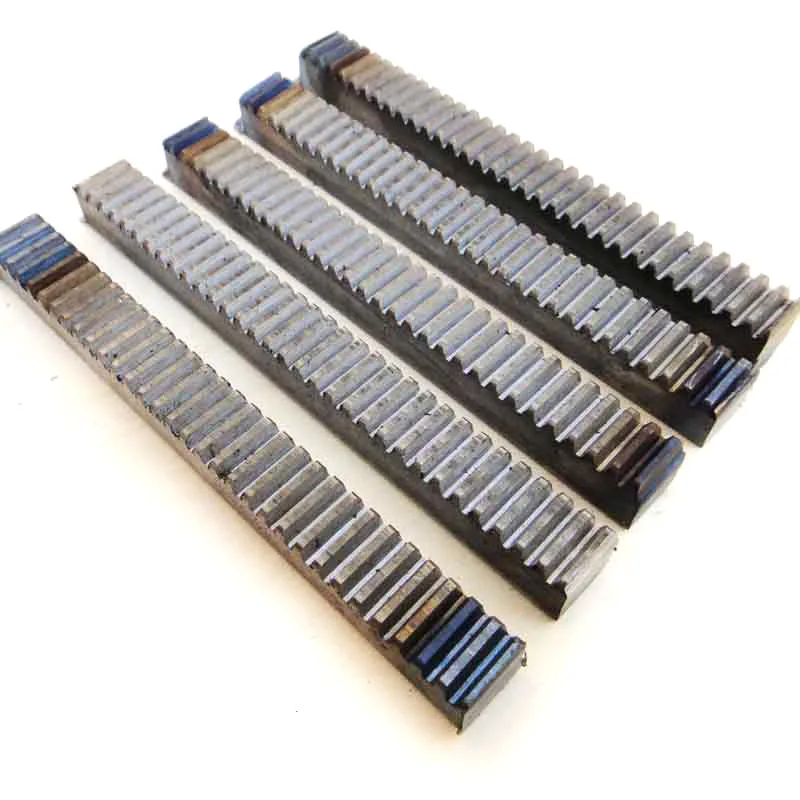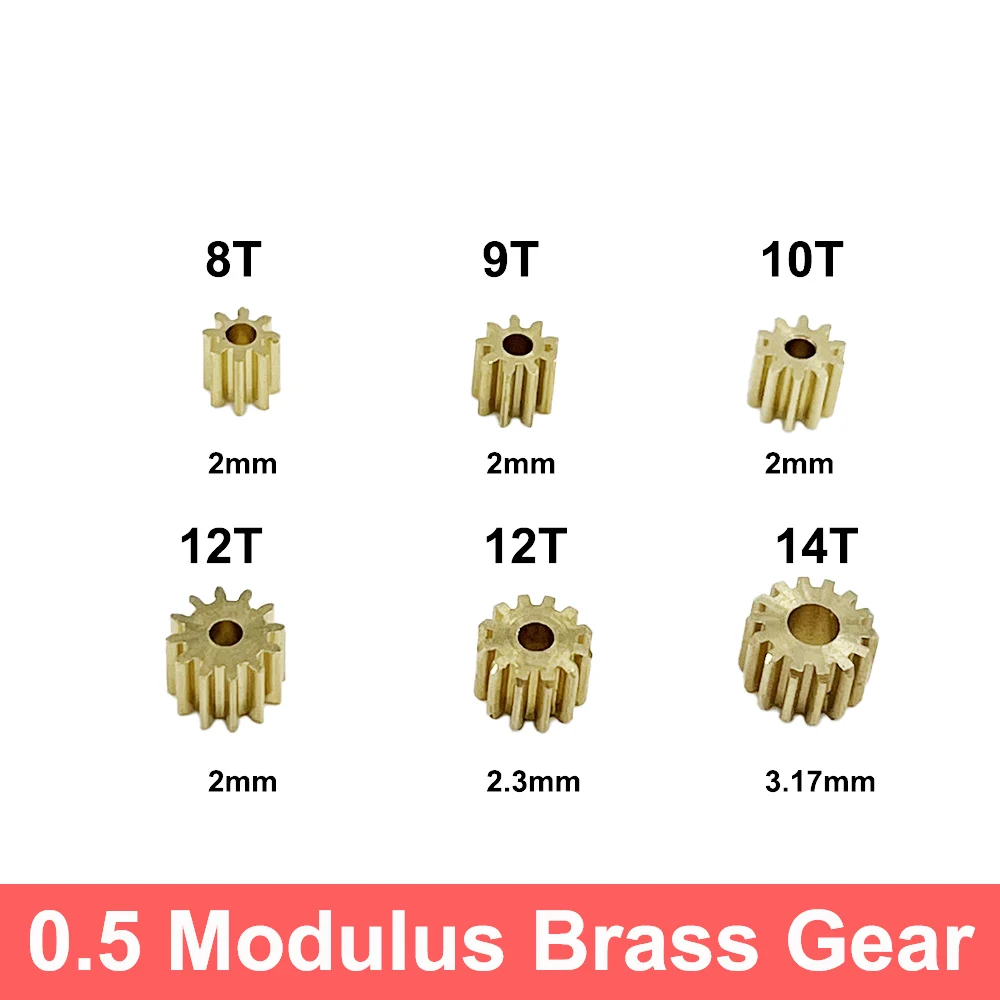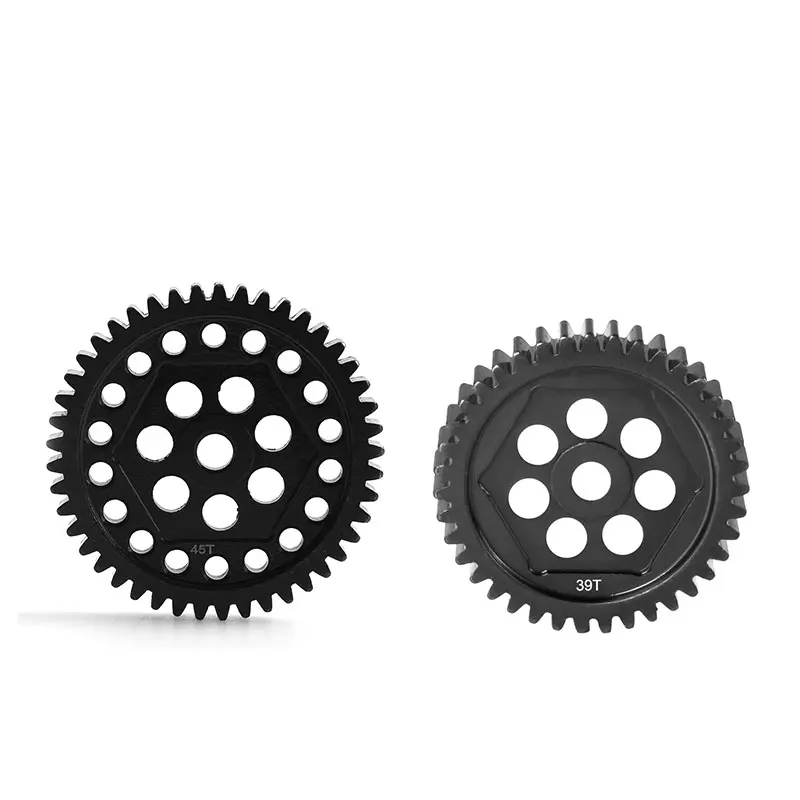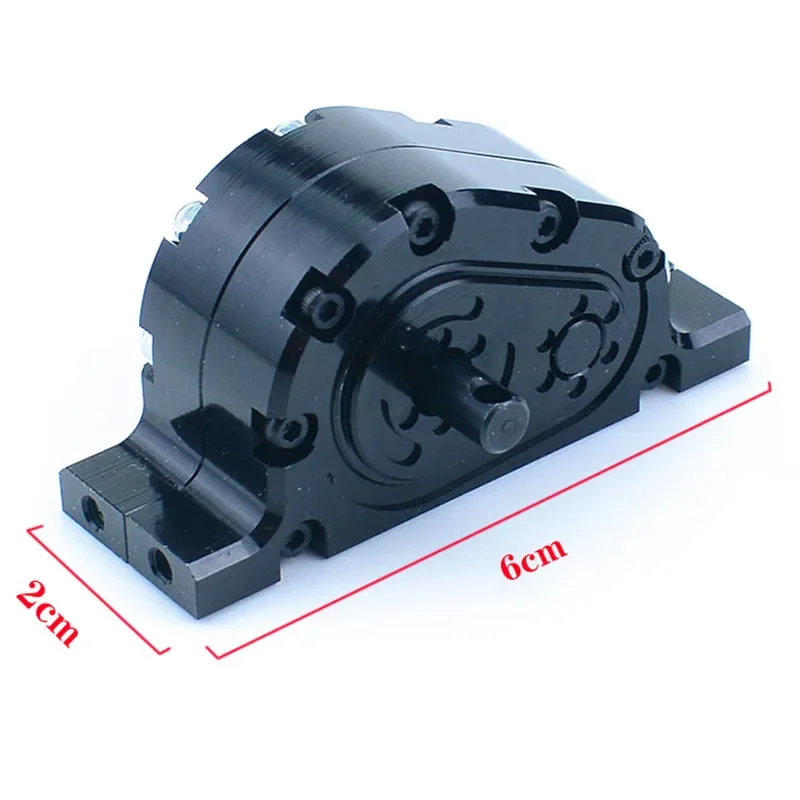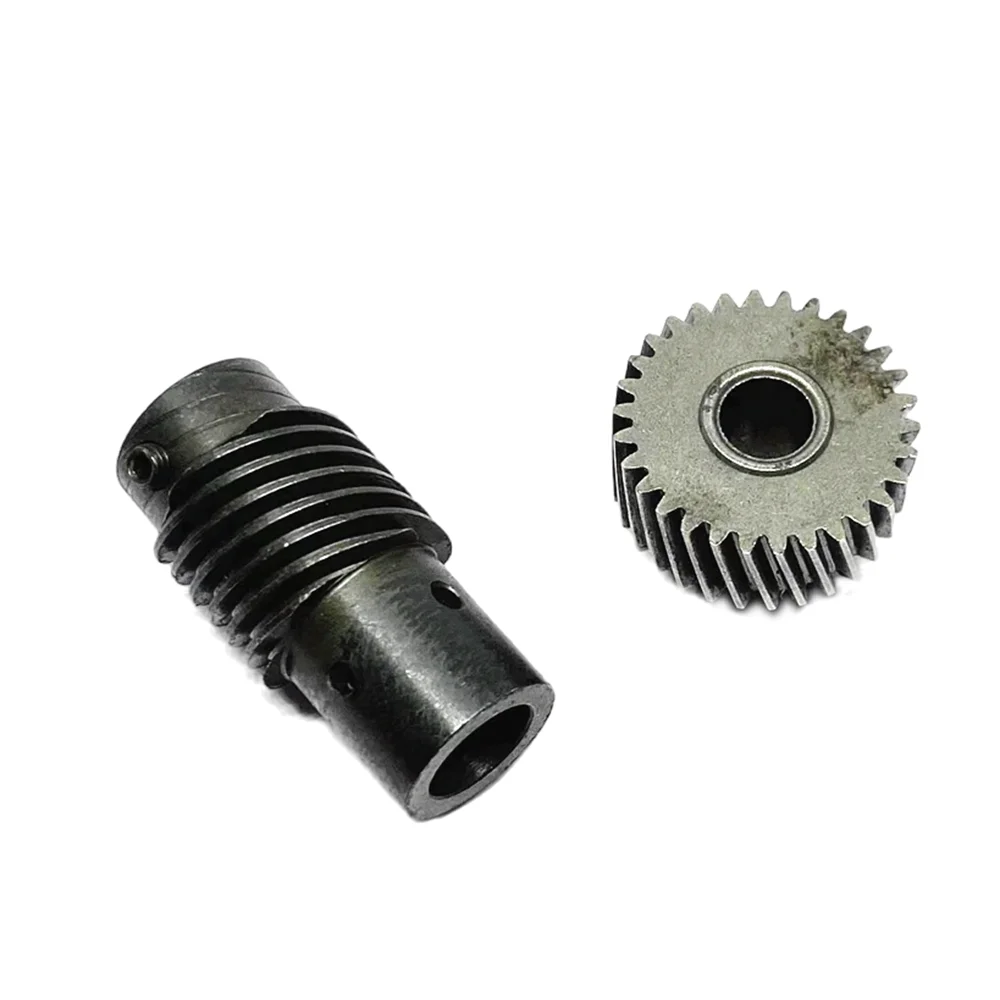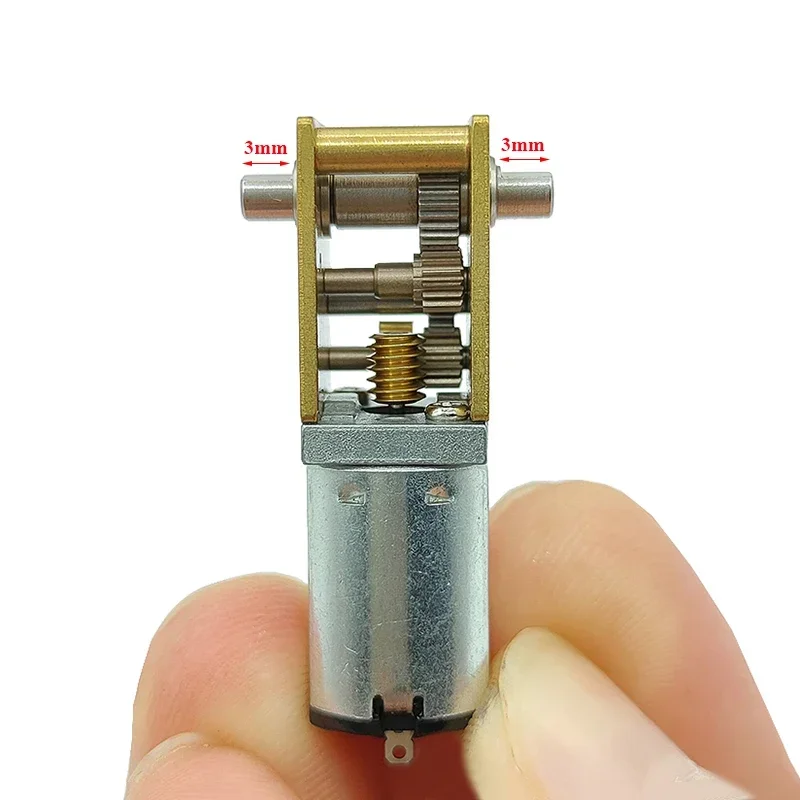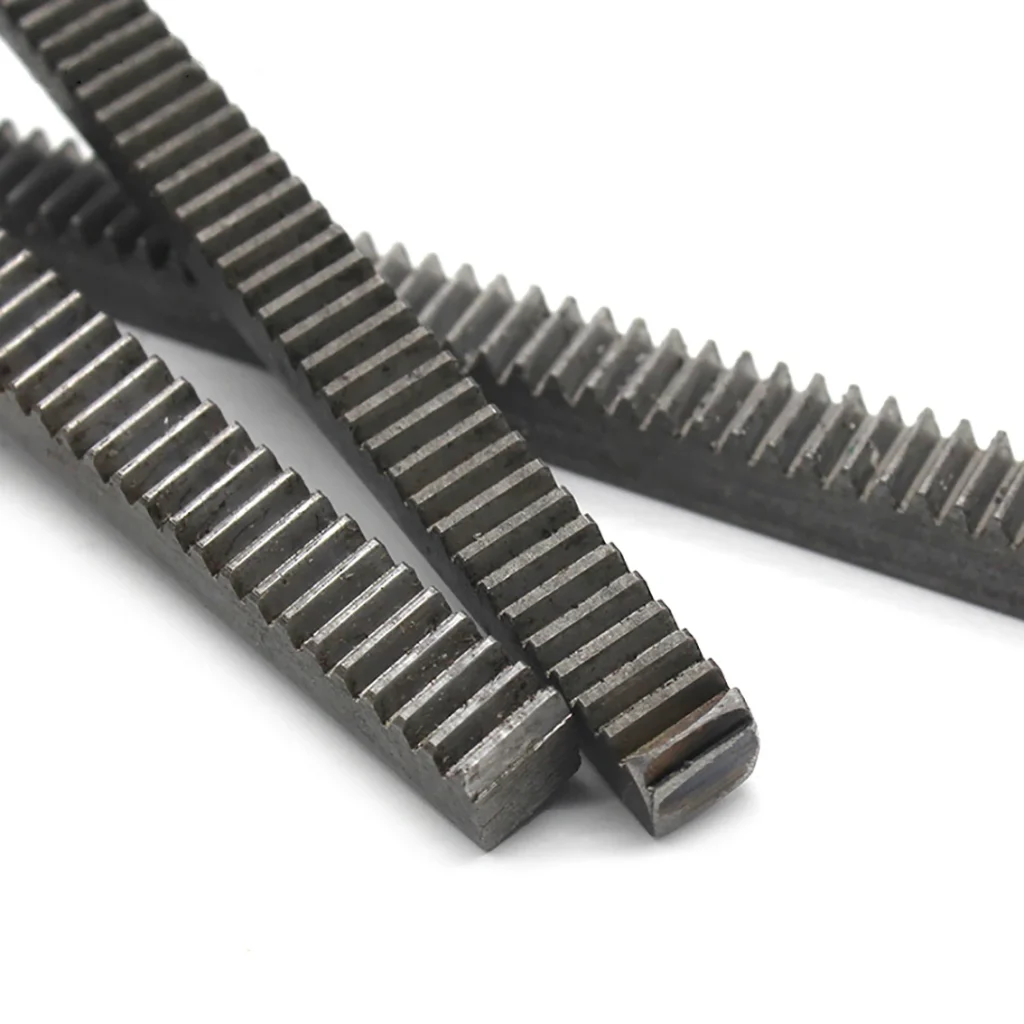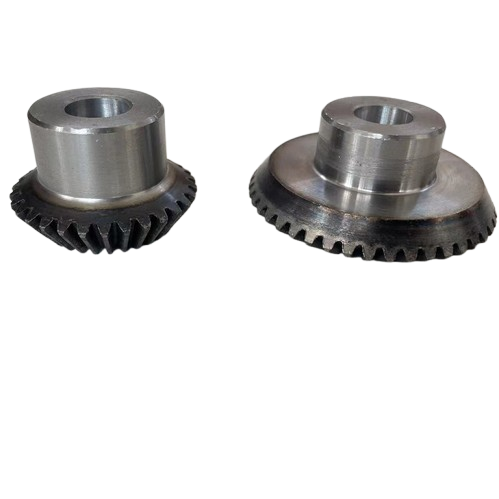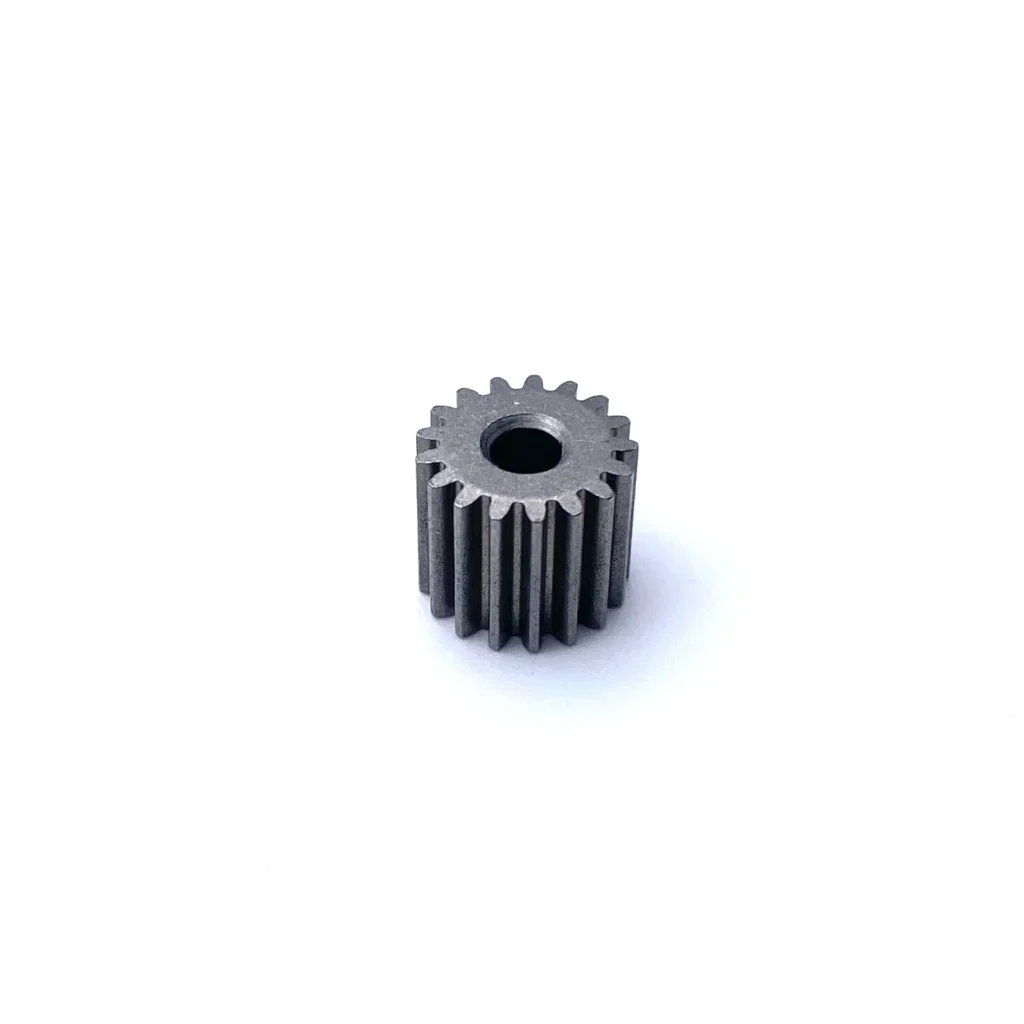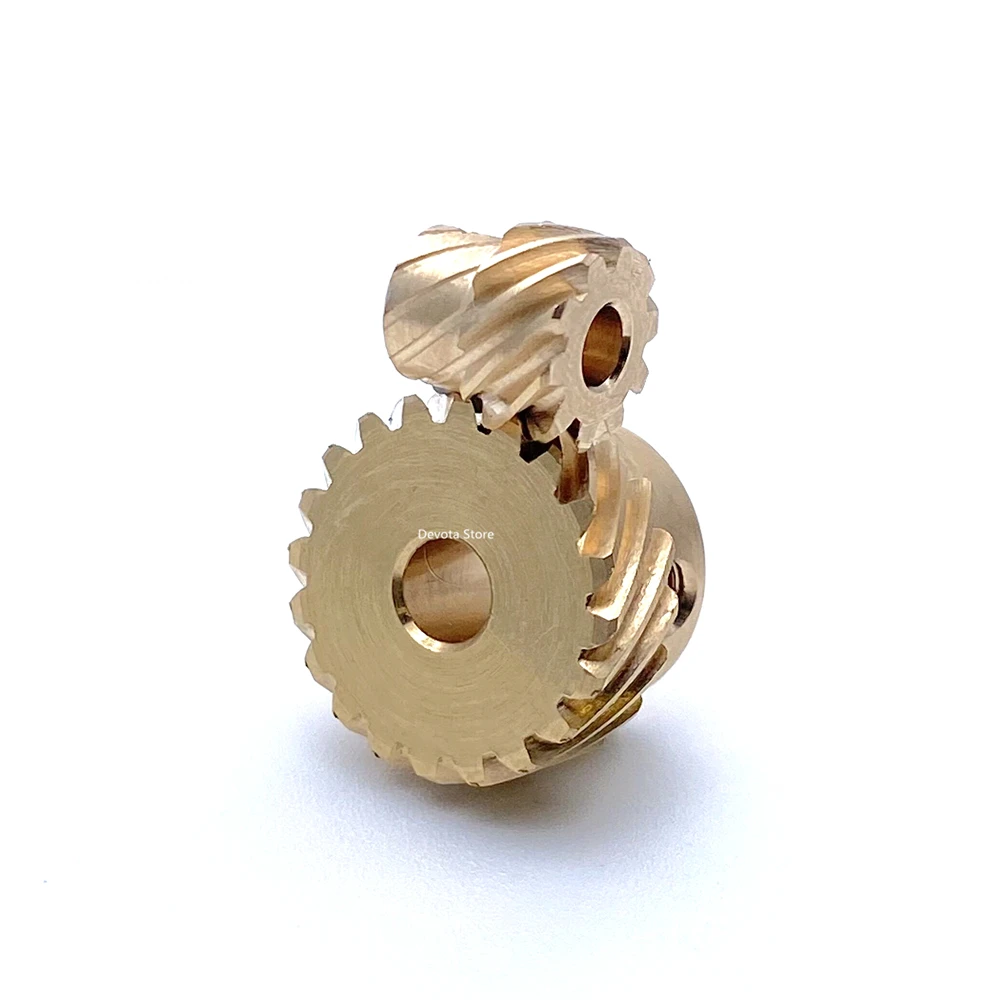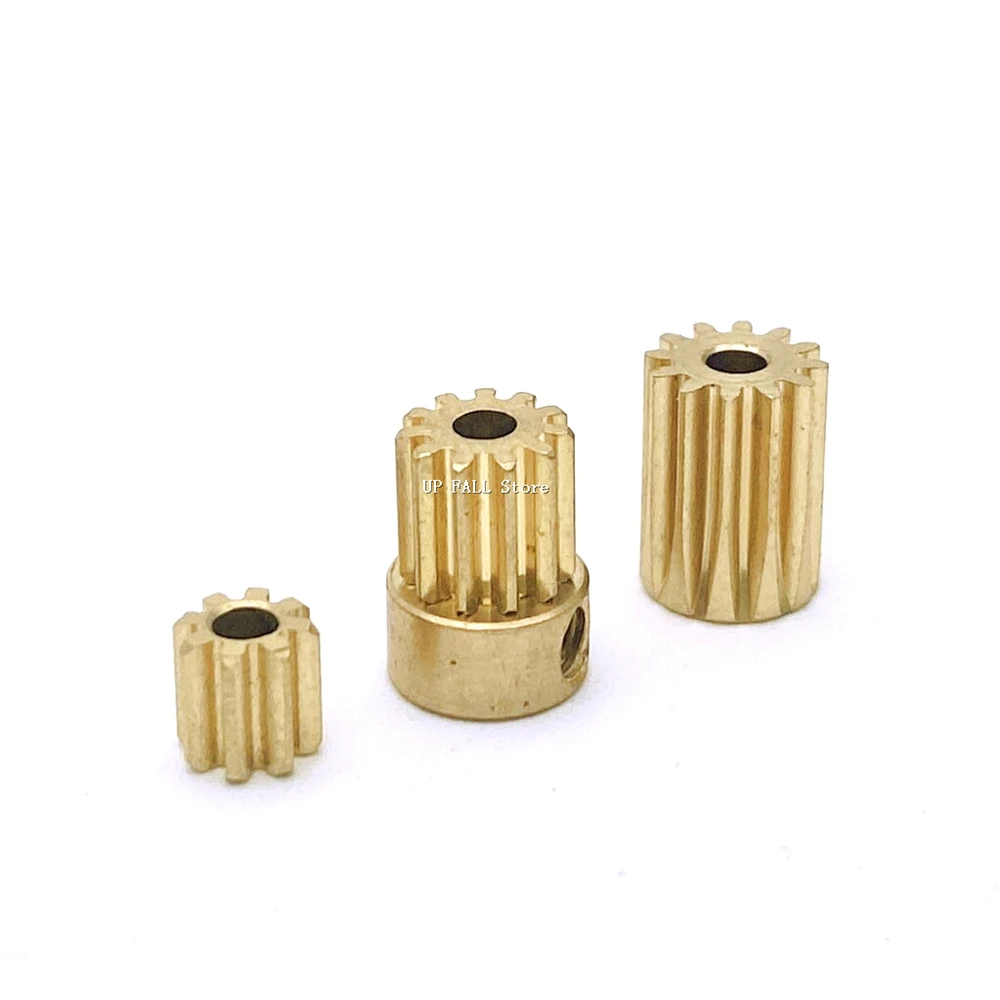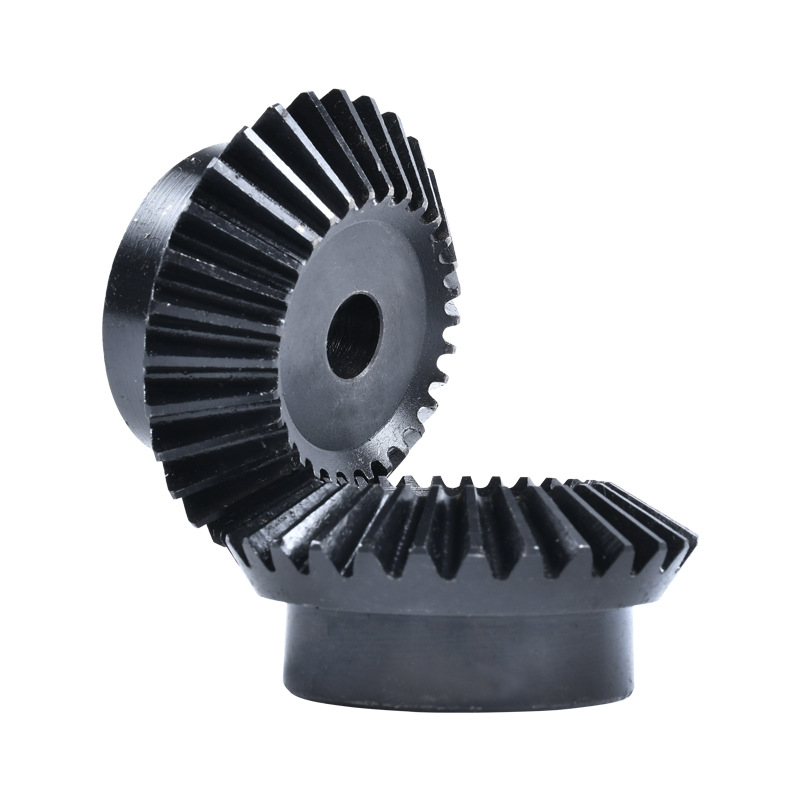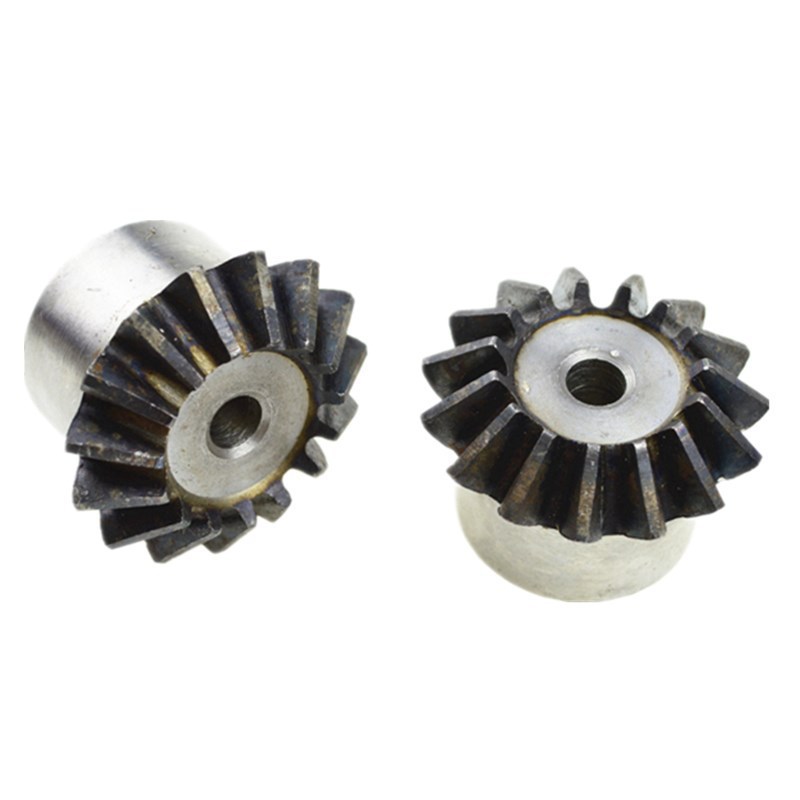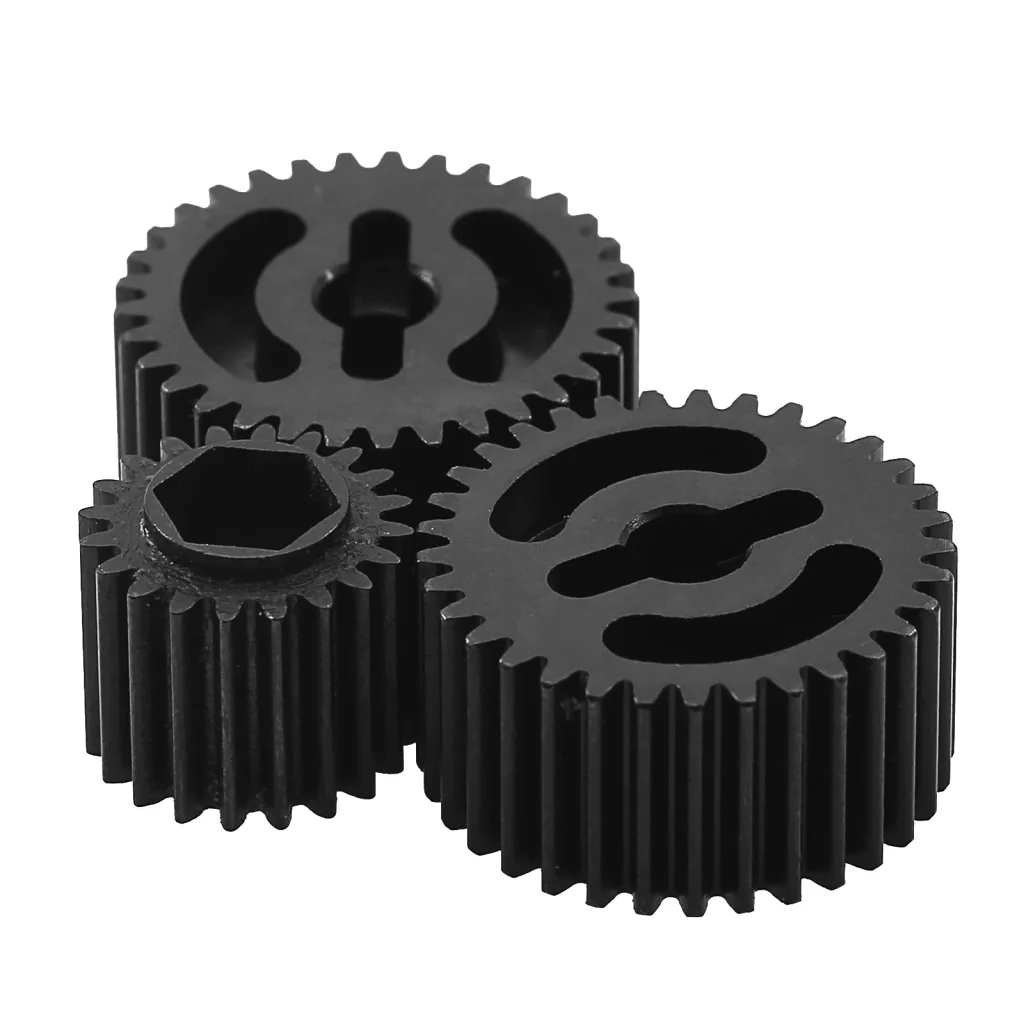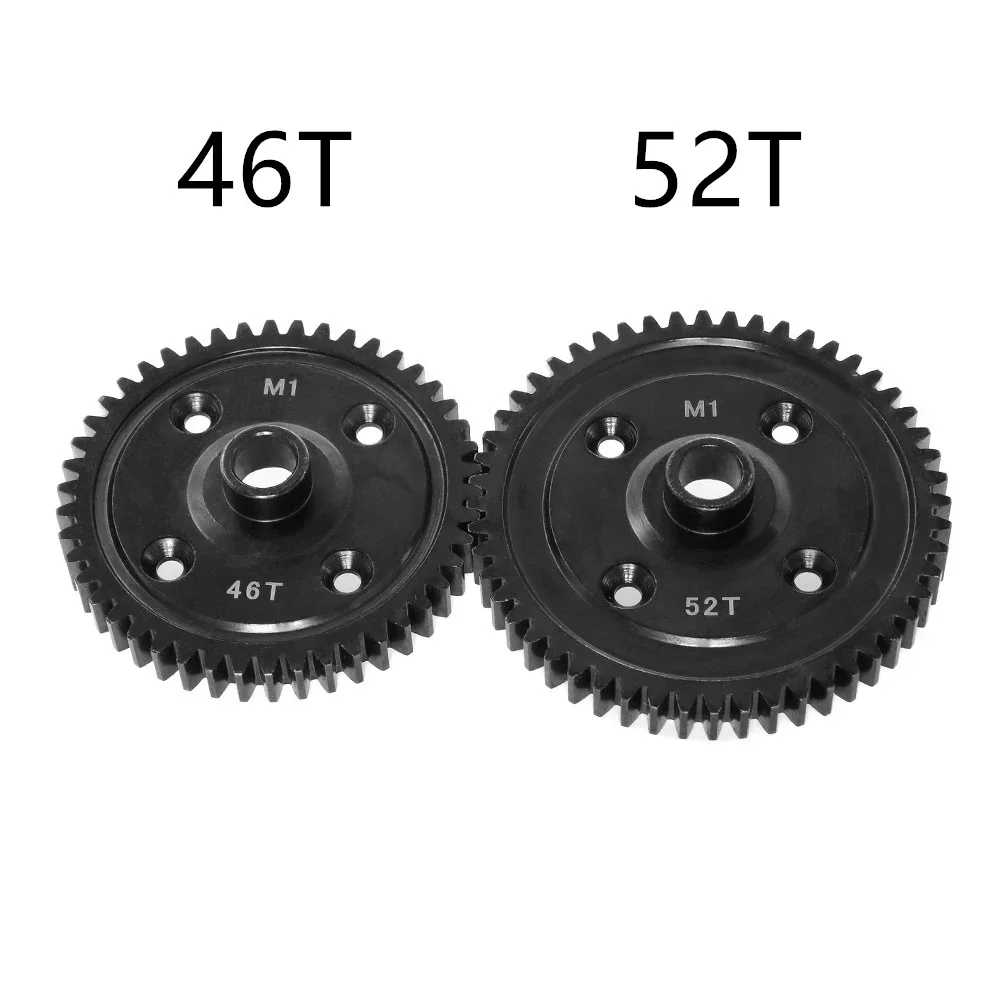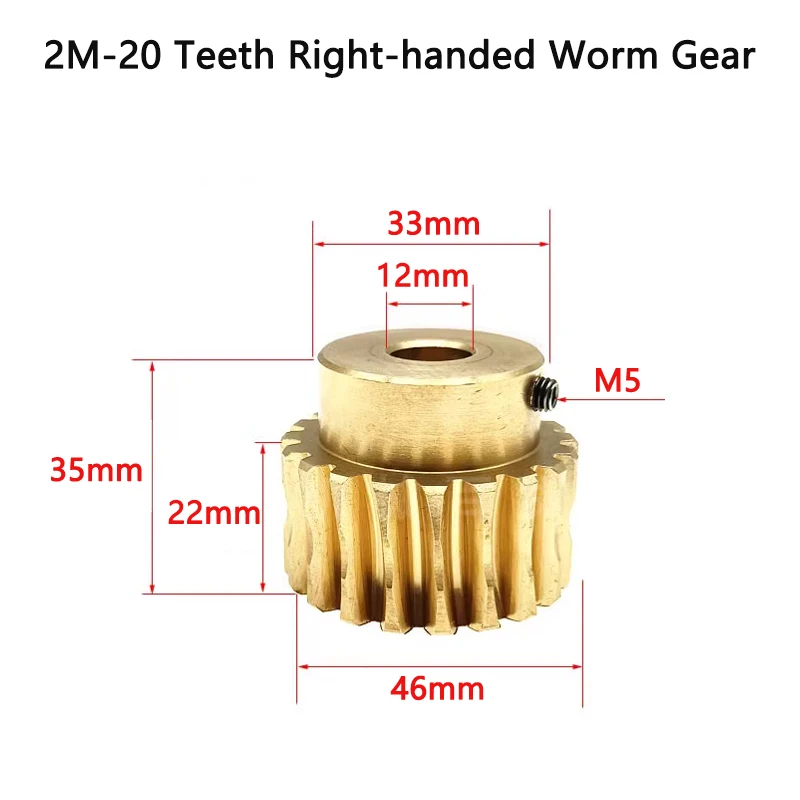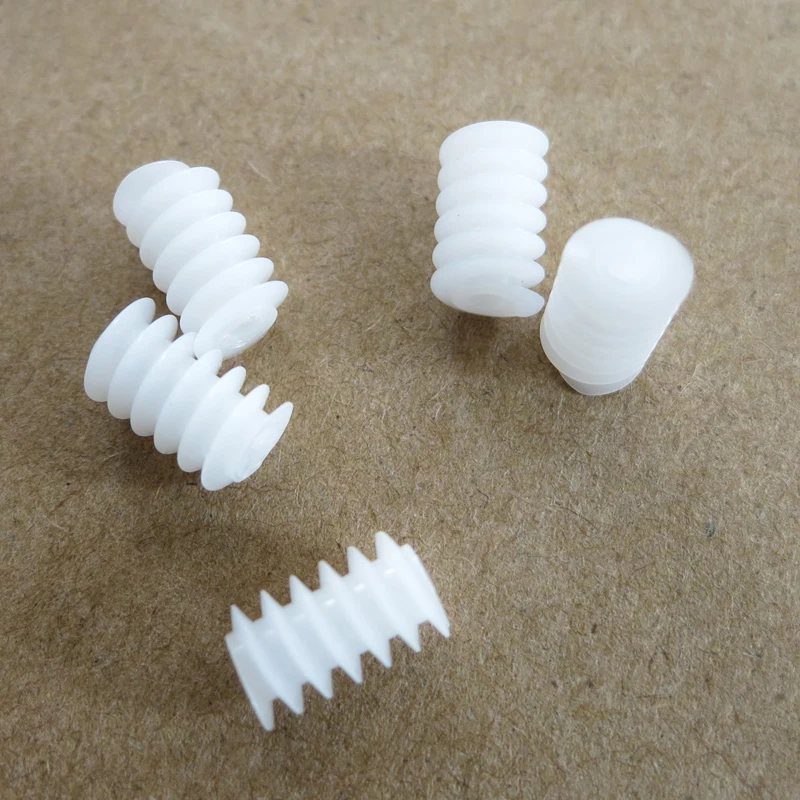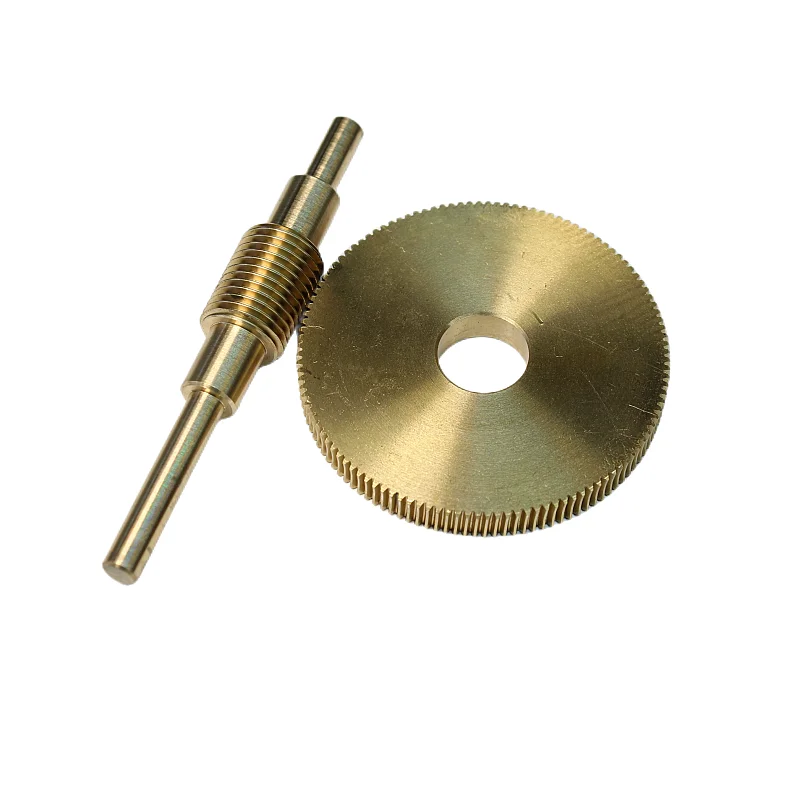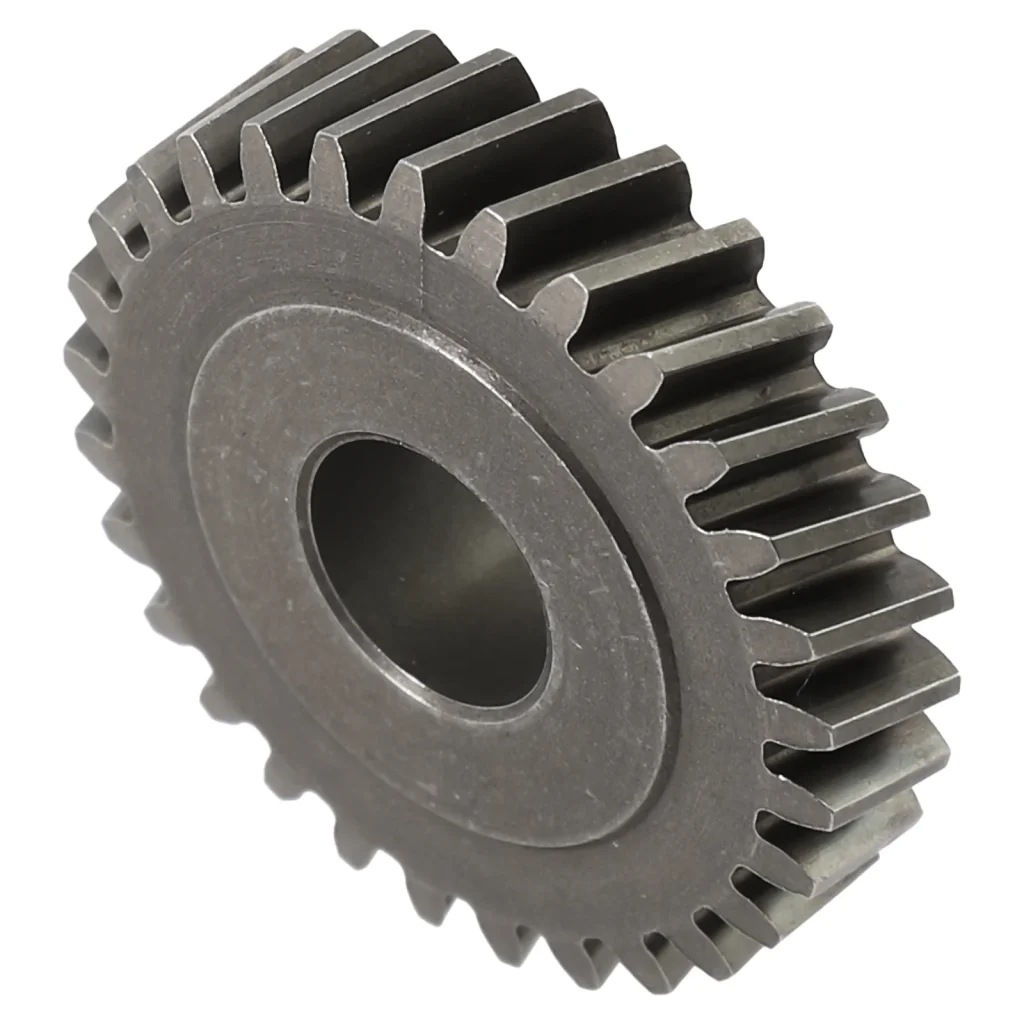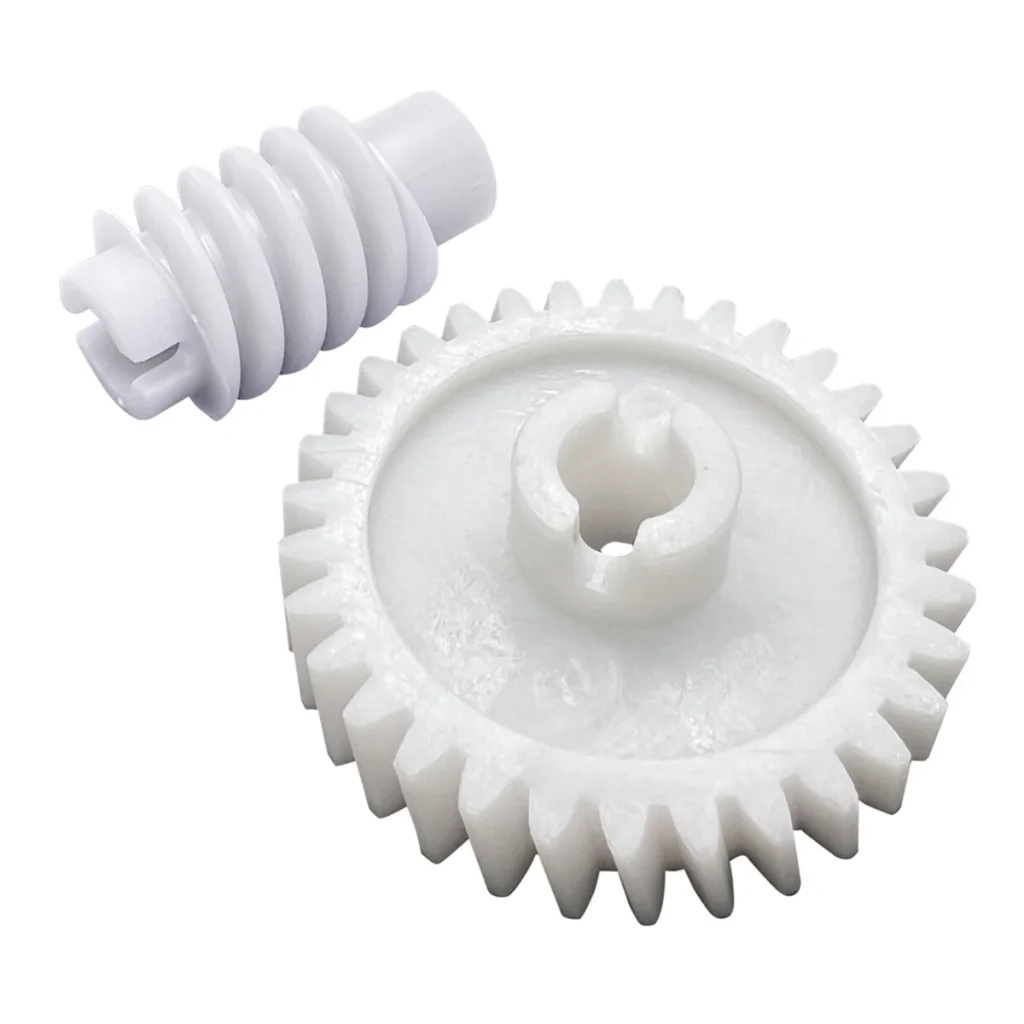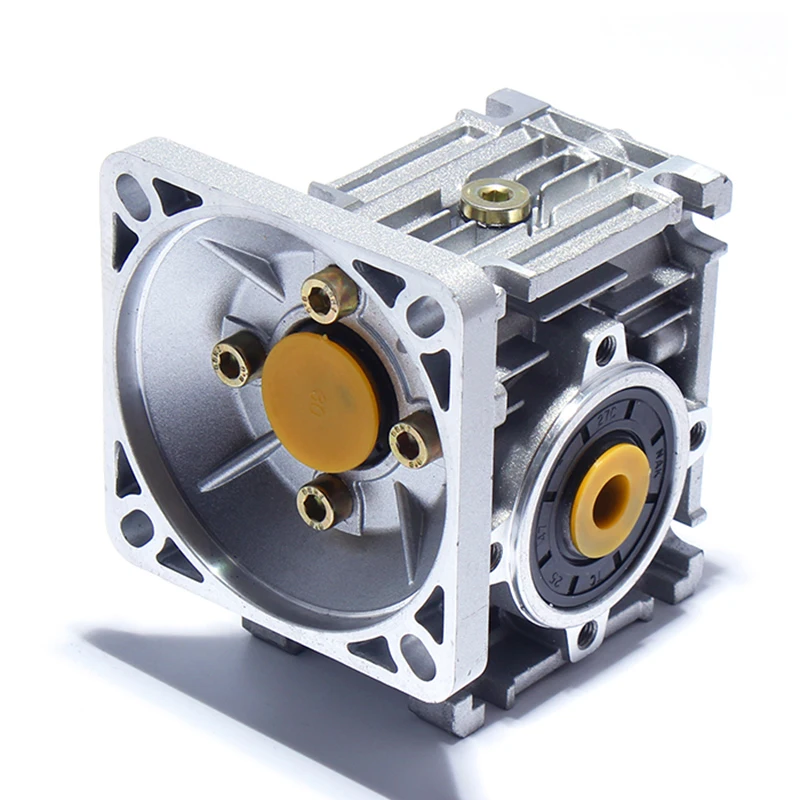Home » Gears
Gears
Focus on gear manufacturing, meeting the needs of various industries with precision and professionalism
- Competitively priced Save 30%
- Fast turnaround in 7 days
- Real factory welcome to visit
- Worldwide delivery

Our Products
Gear Types
When you need gear products, we are here
We offer a wide range of gear solutions, from helical gearboxes to precision gear manufacturing, and are able to design and produce according to customer specific needs to ensure that gear performance perfectly matches the application scenario.
Our production plant is ISO 9001 certified, ensuring that each gear meets strict quality standards. In addition, our products are audited by SGS to provide reliable quality assurance.
We have three gear production plants equipped with advanced production equipment and process technology, which can quickly and efficiently meet large-scale production needs while ensuring the high precision and durability of each gear.
Our Gear Manufacturing Facility
We have 3 advanced gear production factories, focusing on the manufacture of high-precision gears. We sincerely invite you to visit us and learn more about our production process, equipment and quality management system. We look forward to discussing cooperation opportunities with you.
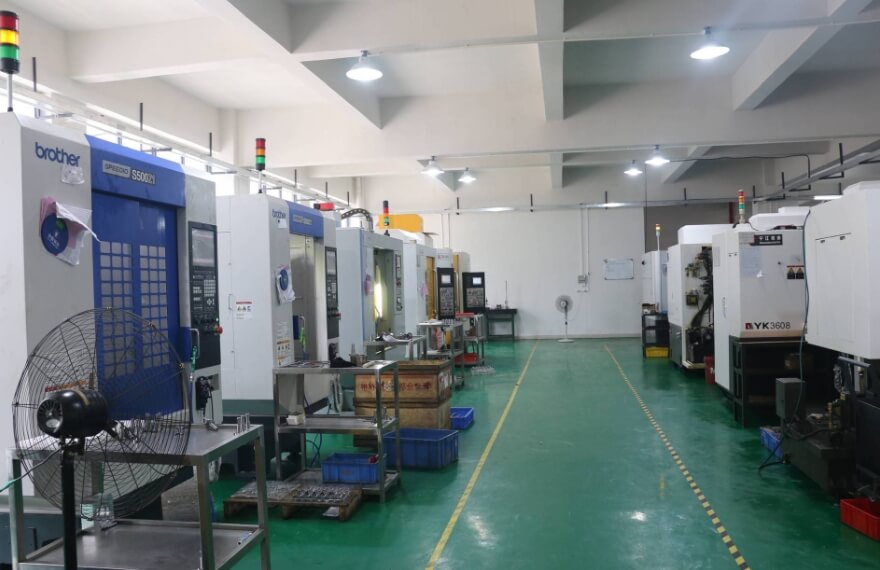
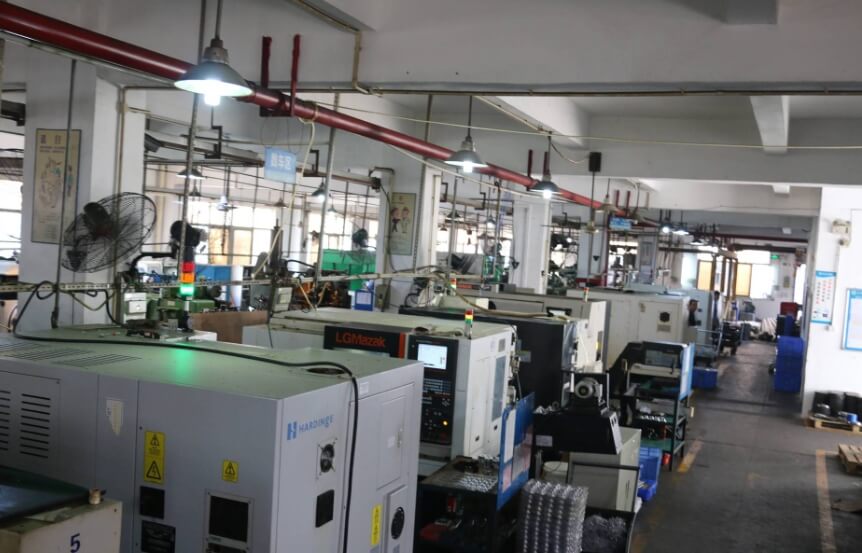
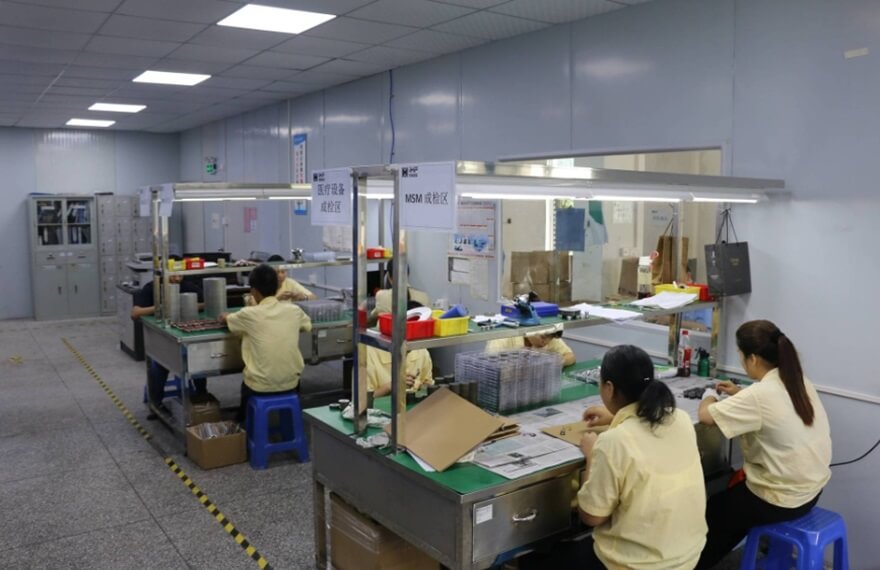
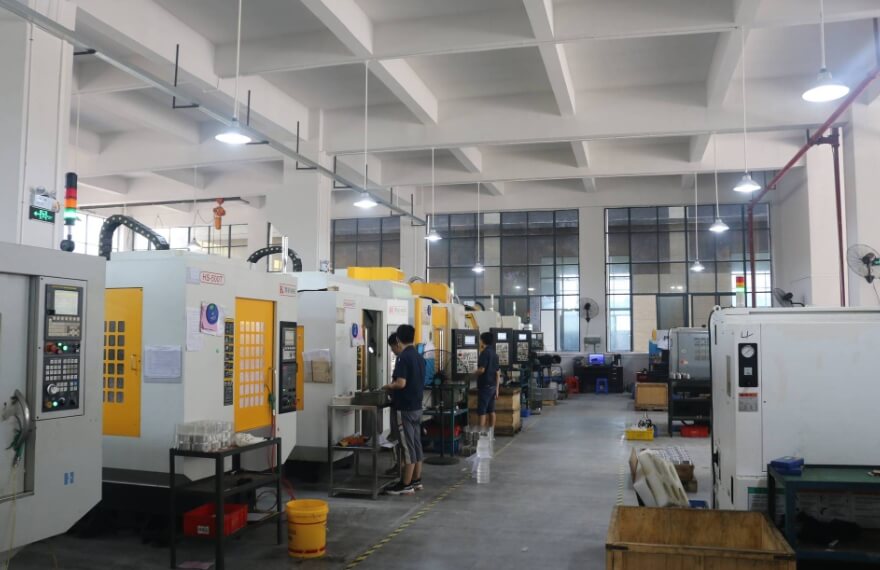
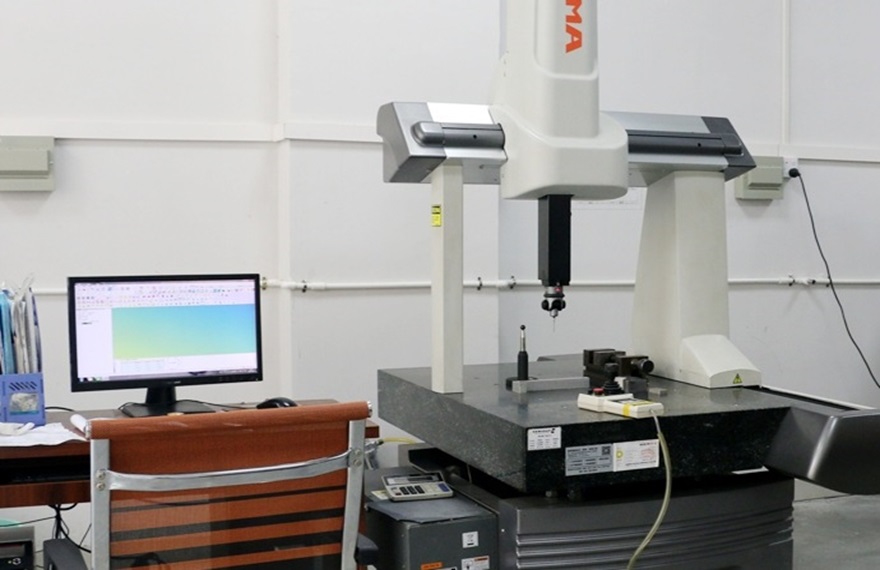
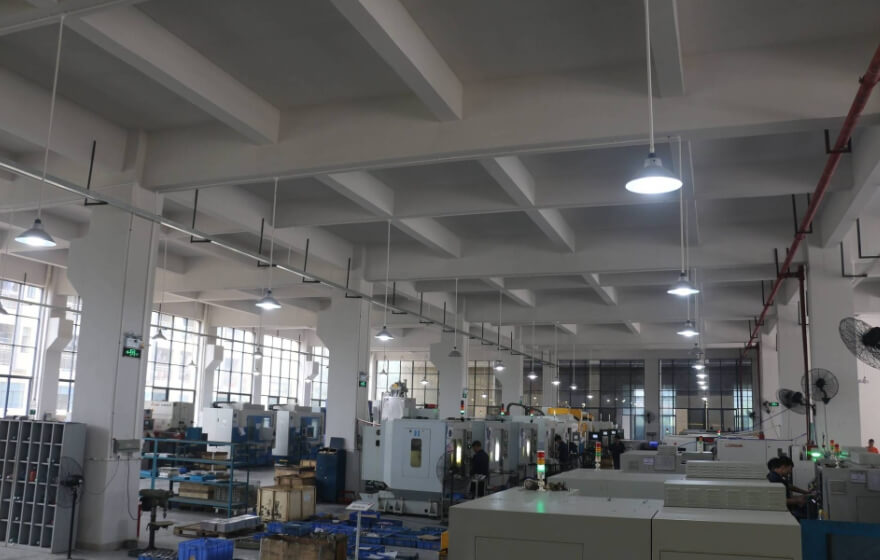
Frequently ask question
We can manufacture a variety of gear types, including spur gears, helical gears, bevel gears, worm gears, internal gears, etc., to meet the needs of different industries.
Yes, we provide comprehensive gear customization services. Customers can provide drawings or designs according to their application requirements, and we will produce exclusive gears according to requirements.
We use a variety of manufacturing processes such as cold forging, hot forging, cutting, grinding, hobbing and gear planing to ensure high precision and high durability of gears.
We use a variety of materials to manufacture gears. Common materials include steel, aluminum, copper, plastics and special alloys. The most suitable materials are selected according to different application scenarios.
We can manufacture micro gears with diameters as small as a few millimeters, and we can also manufacture large gears with diameters of several meters to meet a variety of application needs.
We use high-precision production equipment and testing instruments, such as CNC machining centers and coordinate measuring machines, to ensure that the accuracy of each gear meets customer requirements.
The processing cycle depends on the complexity and quantity of the gear. Generally speaking, the production cycle of standard gears is 2-4 weeks, and complex custom gears may take longer.
Yes, we provide heat treatment services for gears, such as quenching, tempering, carburizing, etc. to enhance the hardness and wear resistance of gears.
The gears we produce meet the ISO 9001 quality management system standards, and can meet other specific industry standards according to customer requirements.
Yes, we provide comprehensive after-sales support, including technical consultation, product maintenance advice, and repair or replacement services when necessary.
Our Gears Manufacturing Process
Our company’s gear manufacturing process undergoes strict quality control and advanced technical support to ensure that each gear has high precision and high performance.
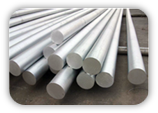





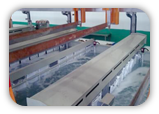
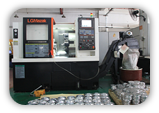
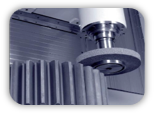
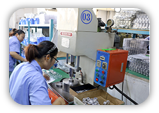

Request for a service today
Sed turpis tincidunt id aliquet risus feugiat in. Felis bibendum ut tristique et.
Finished Gear Display
Gear Buying Guide
Choosing the right gear is critical to equipment performance and lifespan. To help buyers make informed decisions when choosing gears, we have put together the following buyer’s guide to ensure you can find the gear that best suits your application needs.
1. Determine the type of gear
Different types of gears are suitable for different machinery and application scenarios. Common gear types are:
Spur gears: Suitable for transmission between parallel shafts, widely used in mechanical equipment, with high transmission efficiency, but relatively noisy.
Helical gears: Quieter than spur gears, with stronger load-bearing capacity, suitable for high-speed and heavy-load scenarios.
Bevel gears: Used for transmission between intersecting shafts, suitable for low-speed and high-torque applications such as differentials.
Worm gears: With self-locking function, suitable for scenarios requiring high reduction ratios, but relatively low efficiency.
Internal gears: Gears are located on the inside of the ring gear, usually used in conjunction with planetary gear systems, and are widely used in compact mechanical devices.
2. Choose the right material
The choice of gear material determines the durability and application scenarios of the gear. Common gear materials include:
Steel: Steel gears have high hardness and strength, suitable for high-load and high-speed applications. Commonly used in automobiles, industrial machinery and other occasions.
Aluminum: Lightweight, suitable for scenarios that need to reduce weight, but relatively low wear resistance and strength.
Copper: Has good thermal conductivity and is often used in high-temperature situations or electrical transmission equipment.
Plastic: Low noise, low cost, suitable for light-load and low-speed transmission systems, such as household appliances and office equipment.
3. Consider gear size and module
The size and module (module) of the gear will directly affect the design and performance of the transmission system. Consider when choosing:
Number of teeth: The number of teeth affects the transmission ratio. Fewer teeth usually mean a larger transmission ratio, but also increase wear and noise.
Module: The module is a parameter that measures the size of the gear. Make sure the module of the selected gear matches other transmission components.
Outer diameter and inner diameter: The outer and inner diameters of the gear should match the shaft and transmission components of the equipment to ensure smooth assembly.
4. Determine load and speed requirements
Depending on the application scenario of the gear, it is necessary to consider the load and transmission speed it will bear:
Load: Heavy-duty applications require the selection of gears made of high-strength materials, such as steel or alloy steel. If the gears are carrying heavy loads, it is recommended to choose heat-treated gears to enhance their durability.
Speed: High-speed transmission requires good dynamic balance and precision of the gears, and helical gears are usually a better choice because they run quieter at high speeds.
5. Consider environmental factors
The working environment of the gears will also affect the selected materials and designs:
Temperature: High-temperature occasions require heat-resistant materials such as copper or specially heat-treated steel. Plastics may become brittle in low-temperature environments.
Corrosion: In humid or chemically corrosive environments, choose corrosion-resistant materials such as stainless steel or surface-treated gears.
Lubrication requirements: Some gears require regular lubrication, while plastic gears are usually self-lubricating and suitable for applications that require reduced maintenance.
6. Confirm the accuracy level
The manufacturing accuracy of the gear directly affects the smoothness and efficiency of the transmission. Gear accuracy is divided into multiple levels, which are rated according to ISO standards or AGMA standards. High-precision gears are suitable for precision machinery, while general equipment may not require the highest level of accuracy.
7. Consult professional advice
When facing complex gear requirements, it is recommended to contact a professional gear manufacturer or engineer for consultation. They can provide the best gear design and selection recommendations based on your specific application requirements.
Gear selection should be based on the specific application environment, load requirements, speed and other parameters. By understanding factors such as gear type, material, size and accuracy, you can choose the most suitable gear product to ensure efficient operation and long-term use of the equipment.
